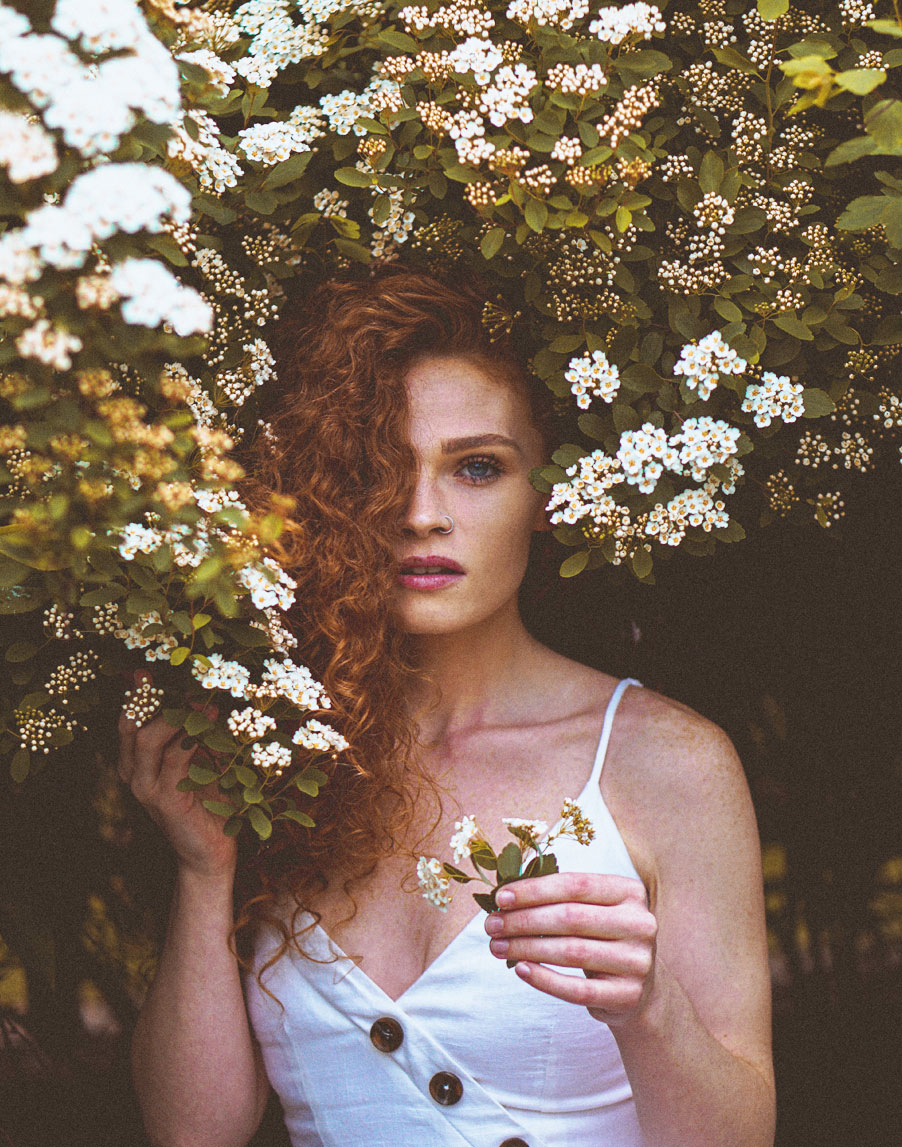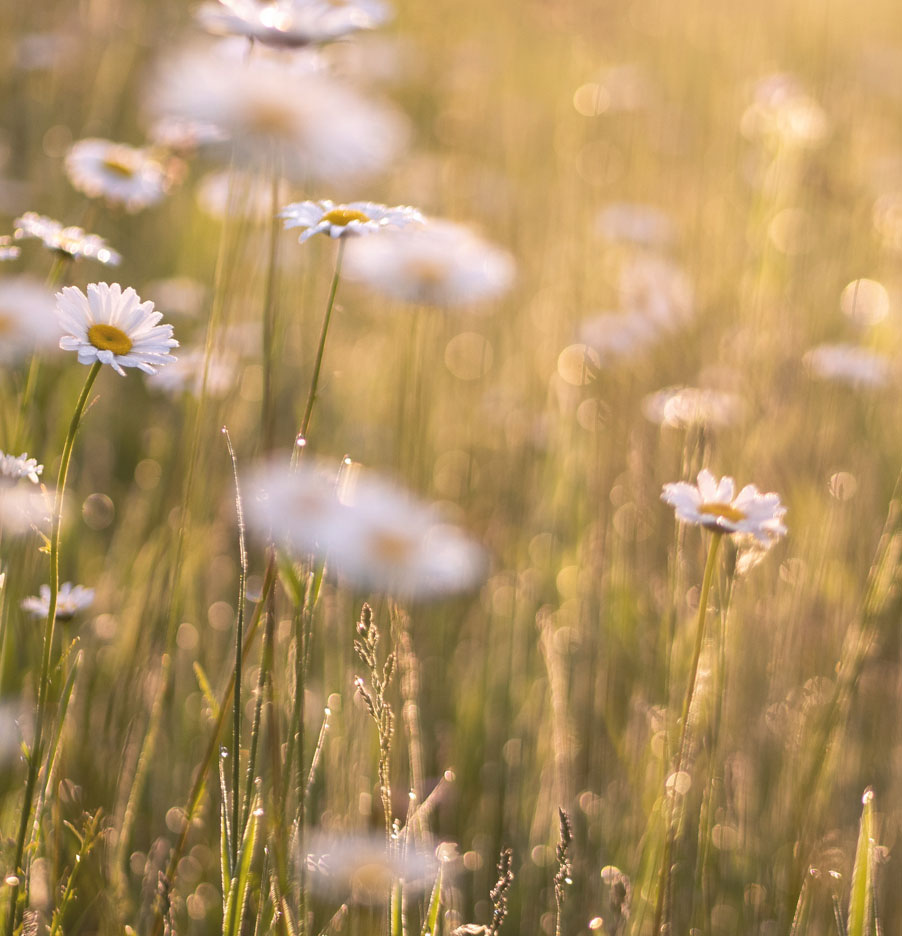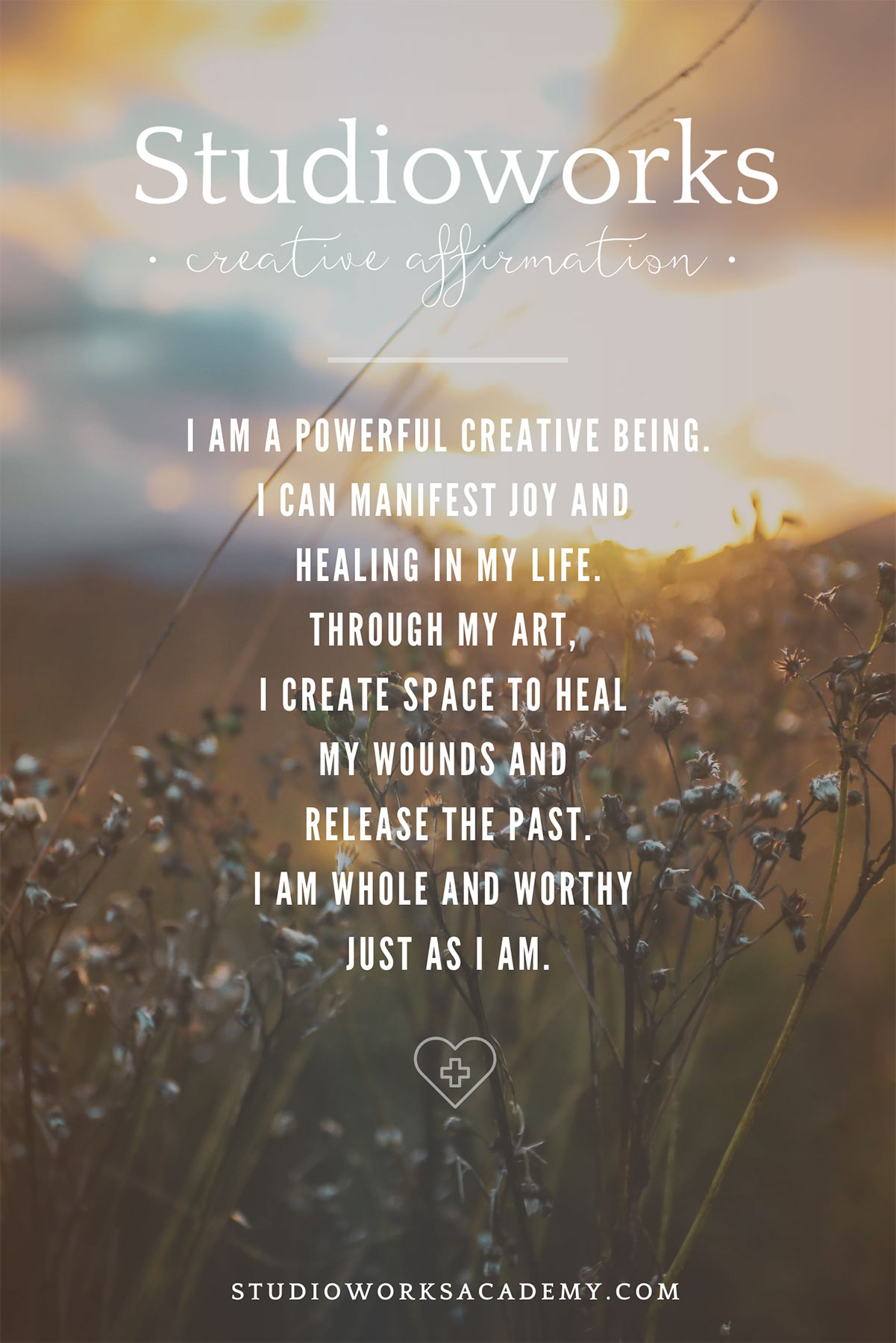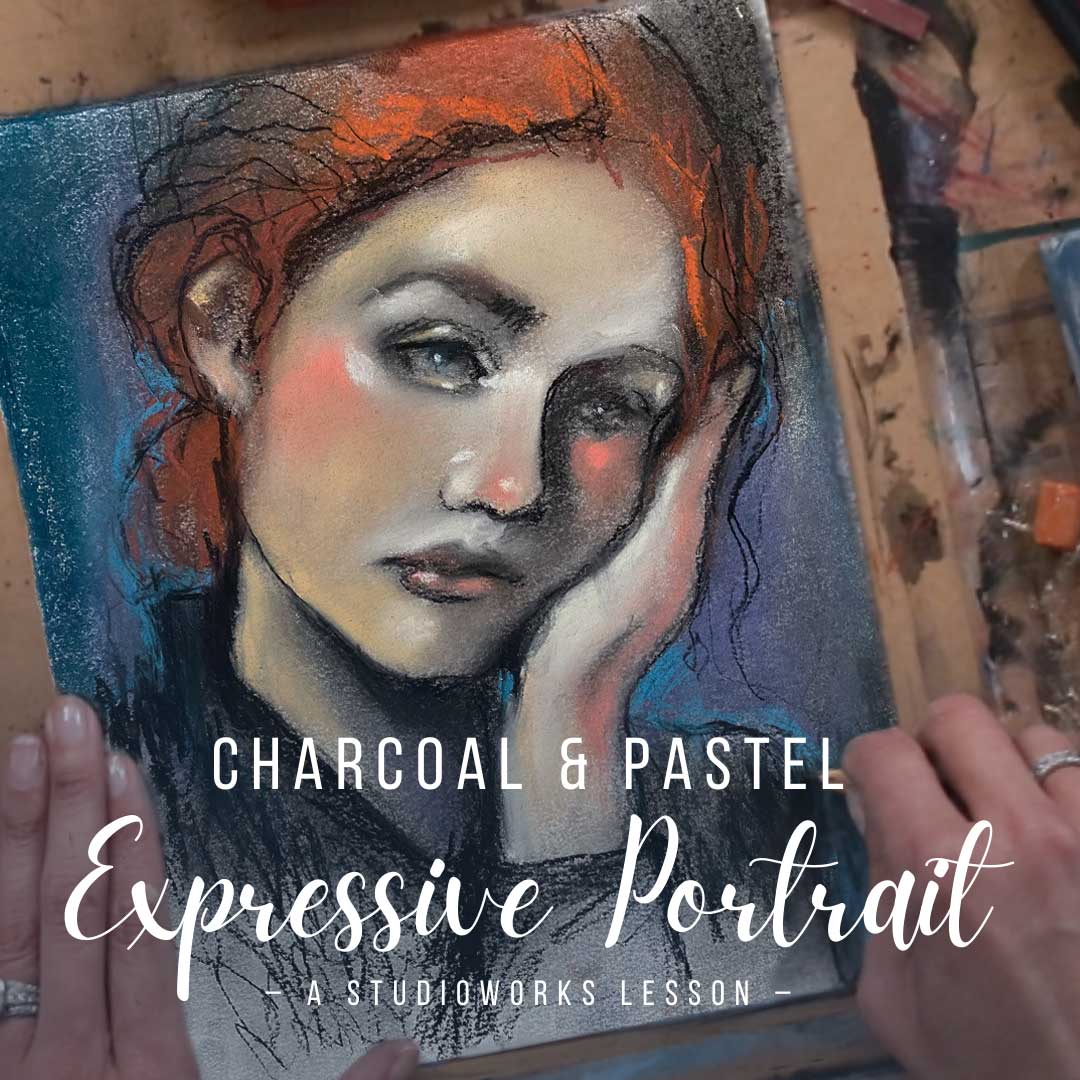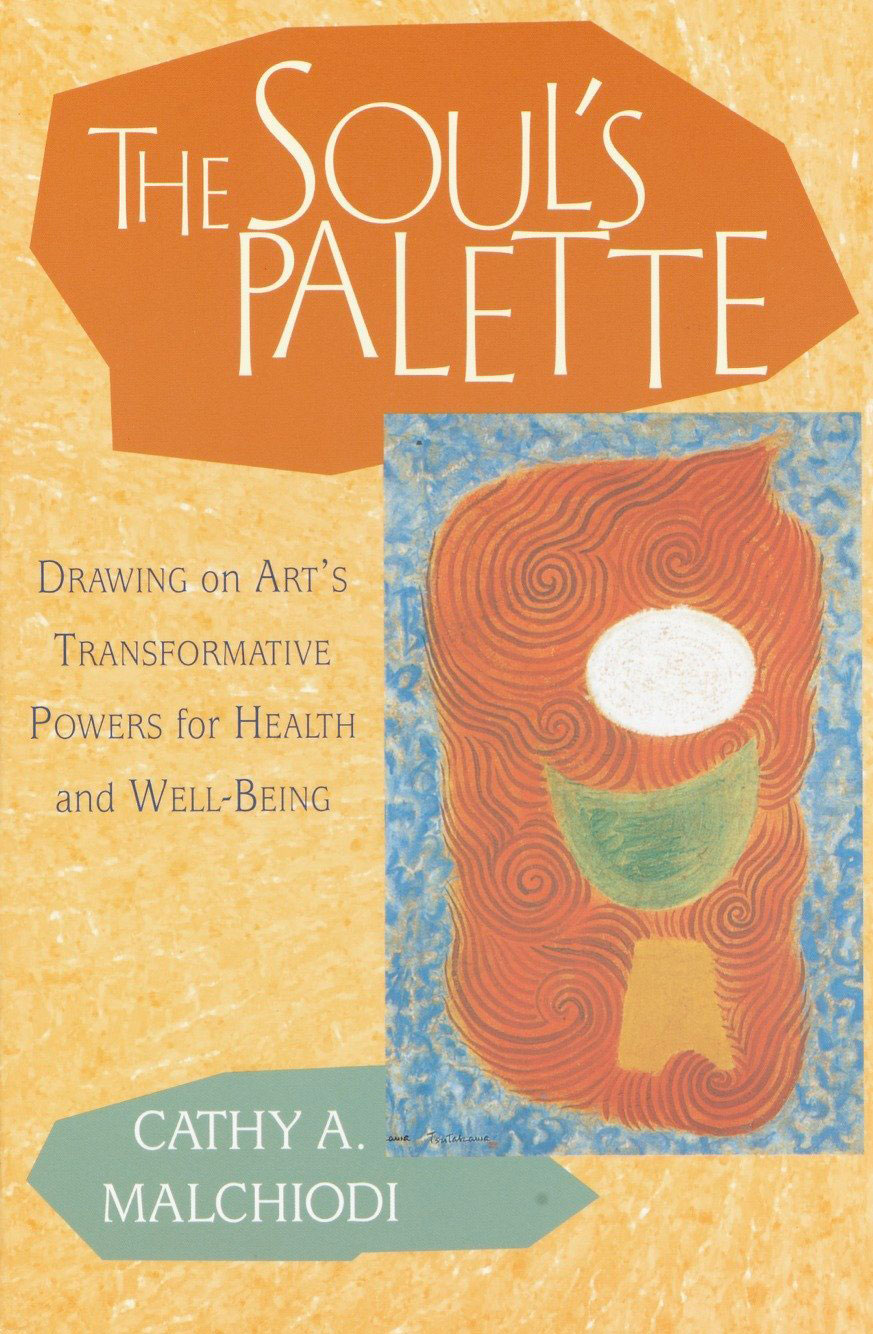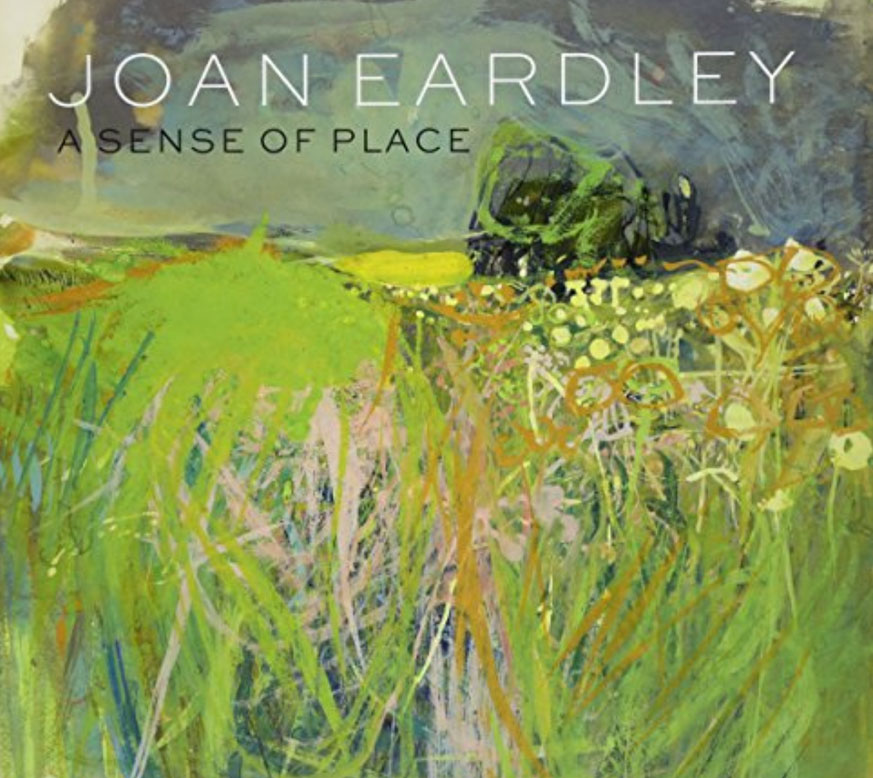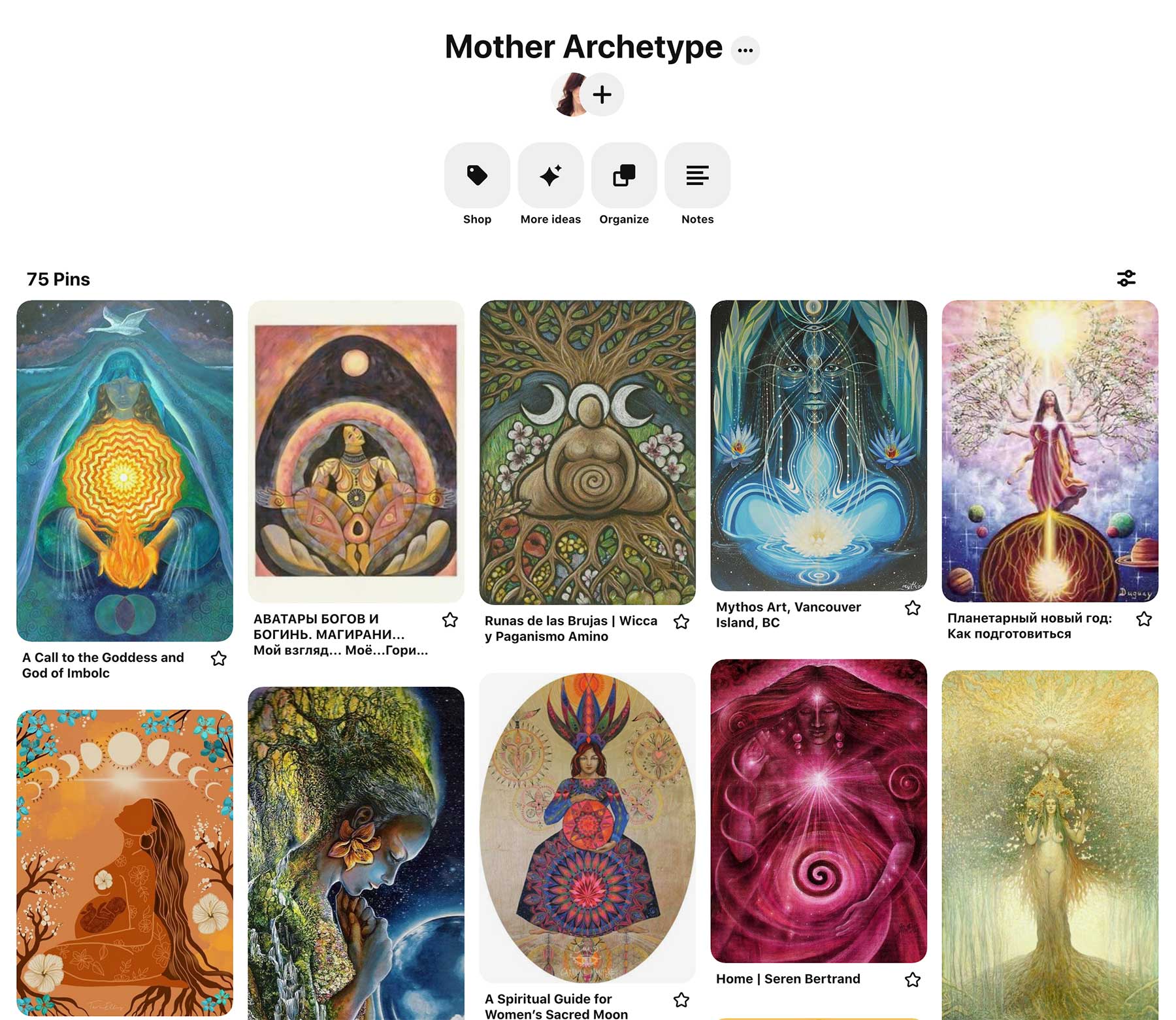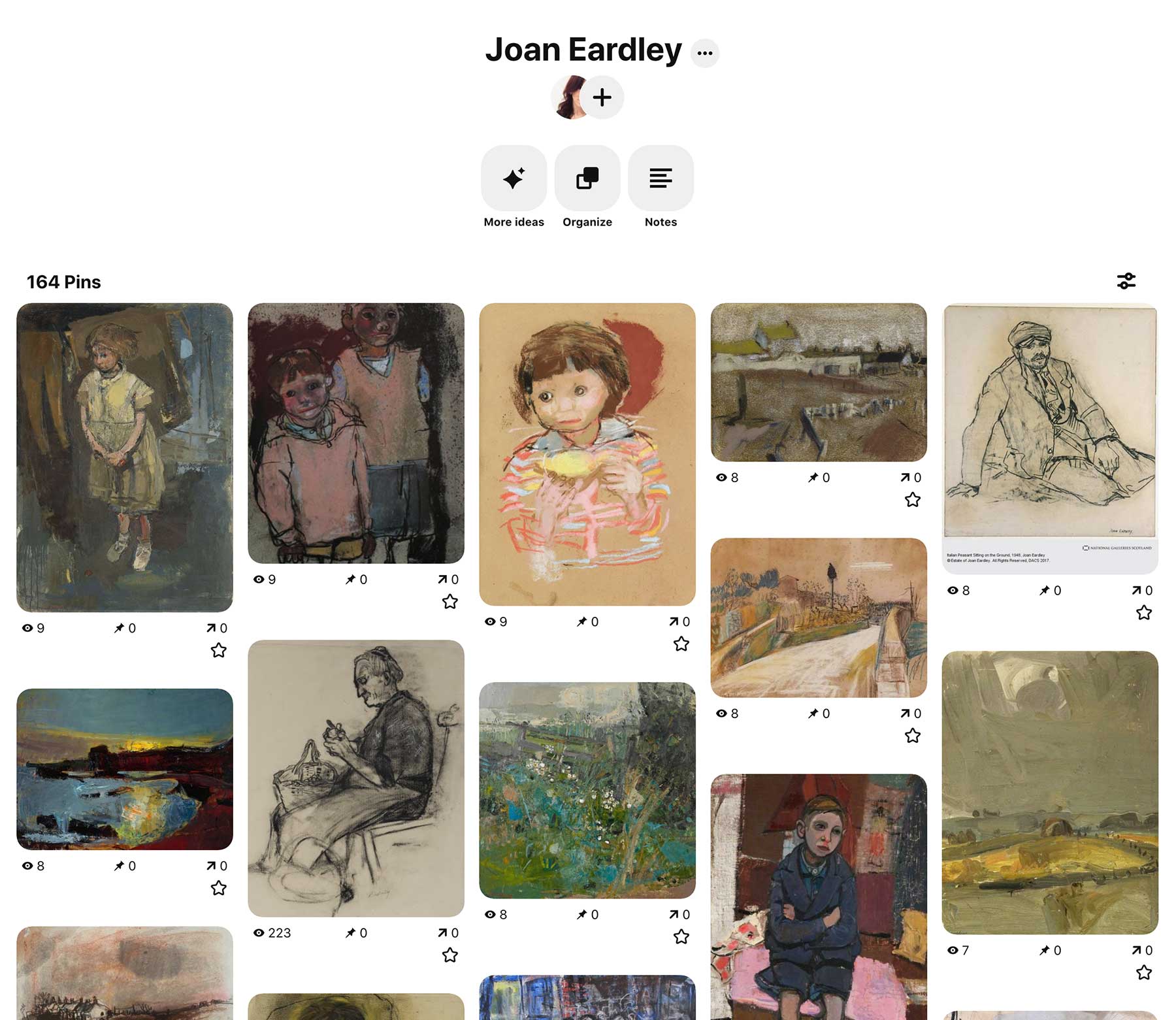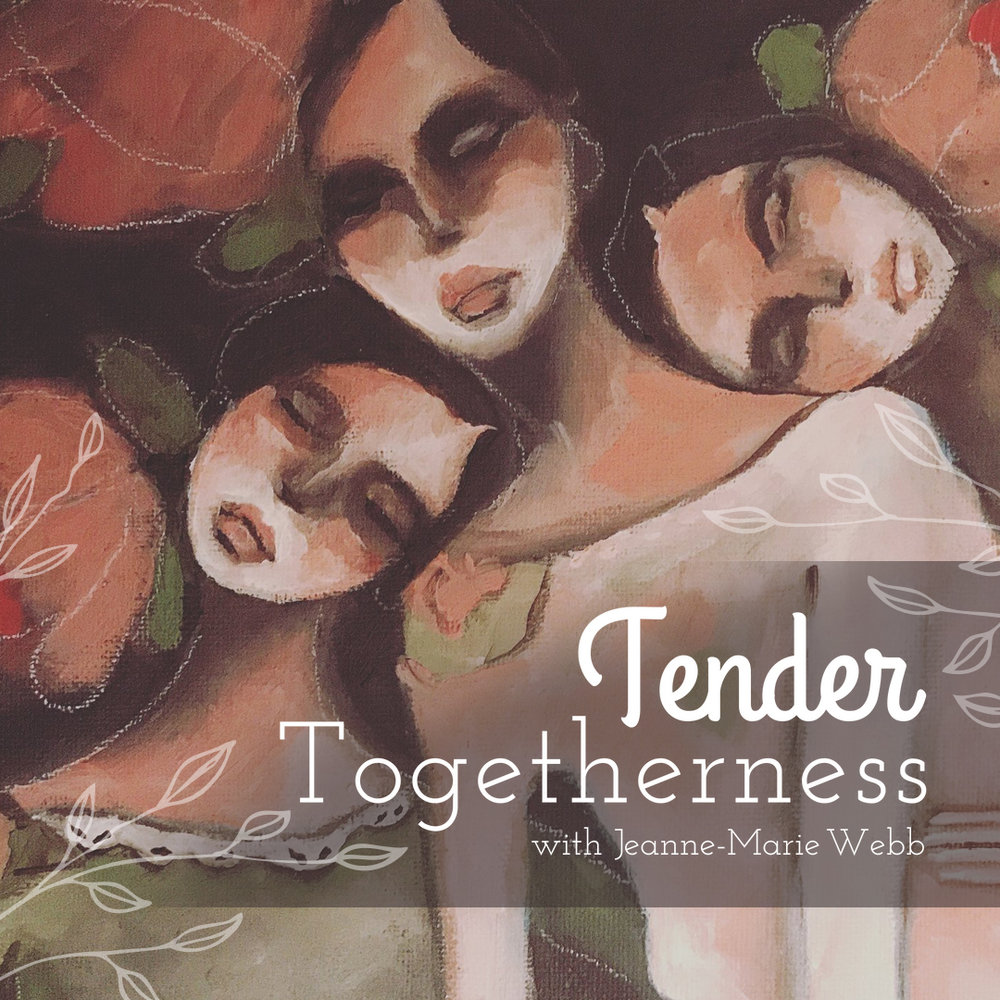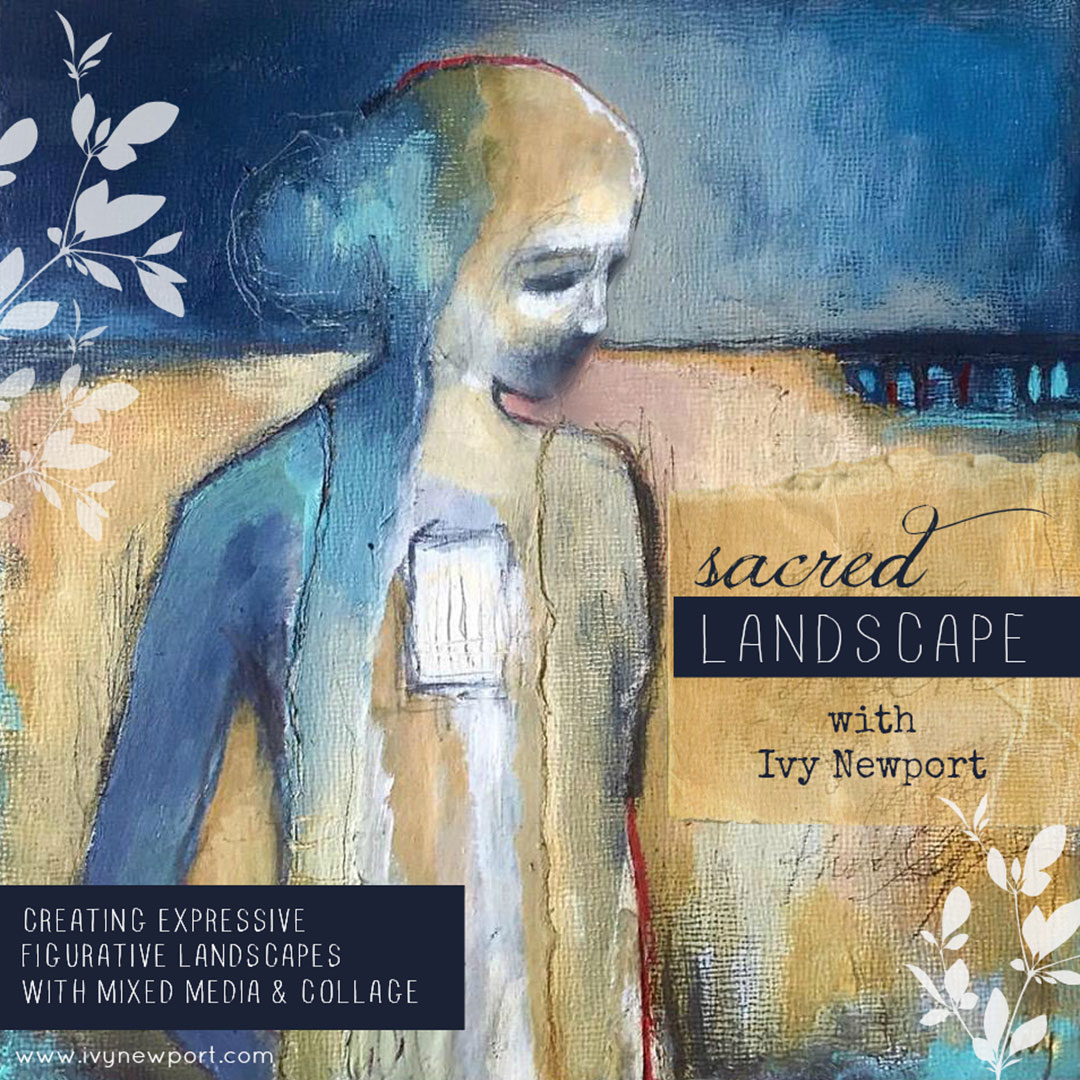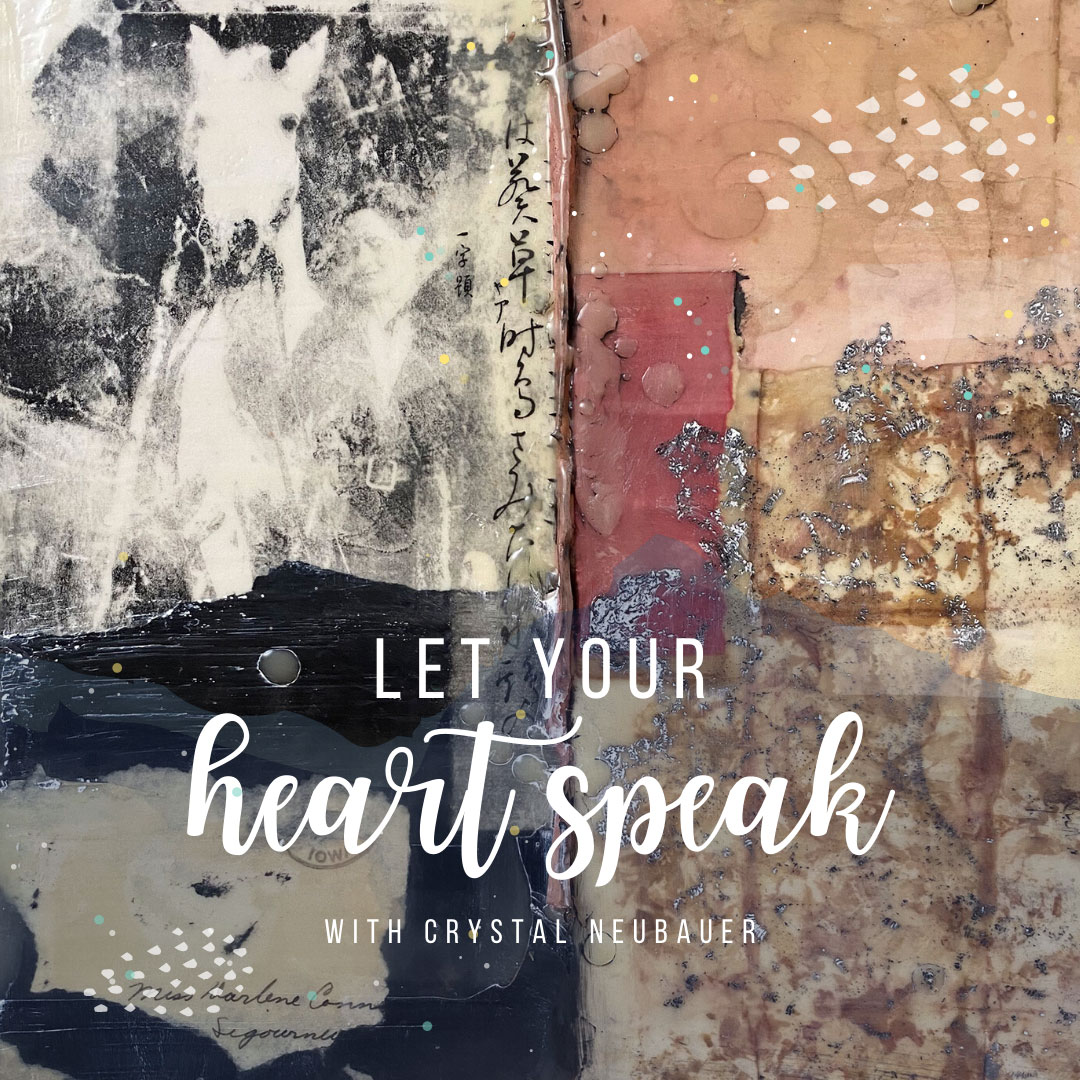IVY NEWPORT
Studioworks
Journal
a letter from ivy
Welcome to Issue #29 of the Studioworks Journal! As always, I’m delighted you are here with me and I’m excited to share this with you. This month, I wanted to explore the power of healing through our Art. We are indeed fortunate to be on this journey, for we are in connection with a powerful healing elixir – our creativity!
So let’s take a closer look at just how we can further our healing through our Art.
xo,

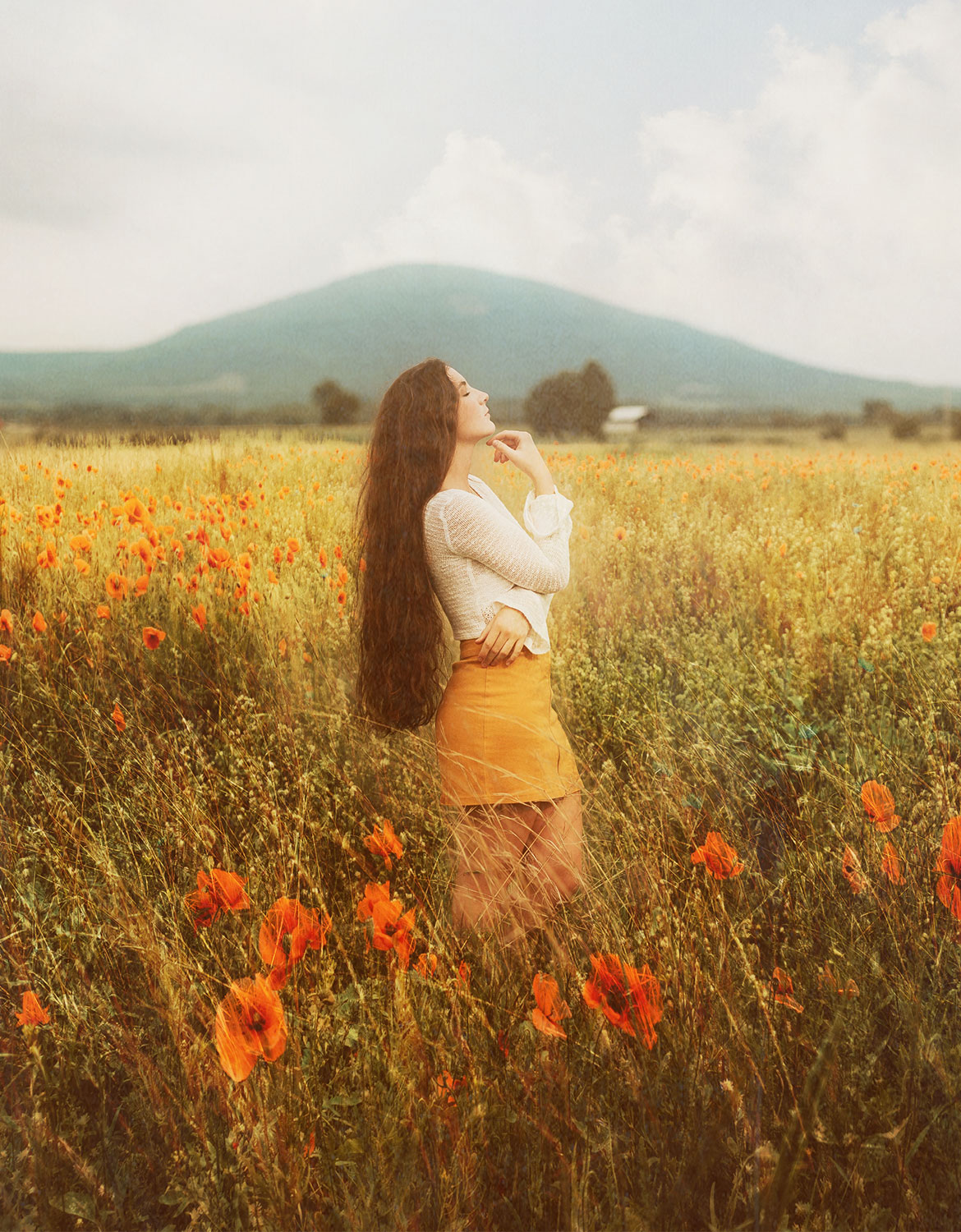
Each issue will invite you to explore your creative practice in whichever way works for you. Experience each issue at your own pace. Take what resonates with you and put the rest aside for another time.
Grab a cup of something lovely and dive in.
in this issue…
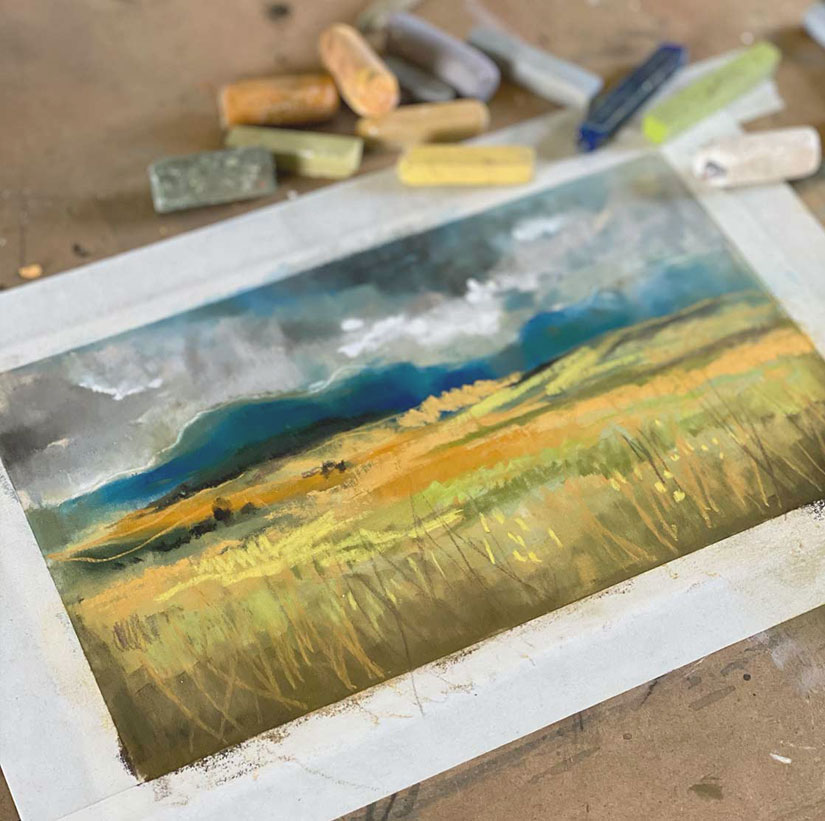
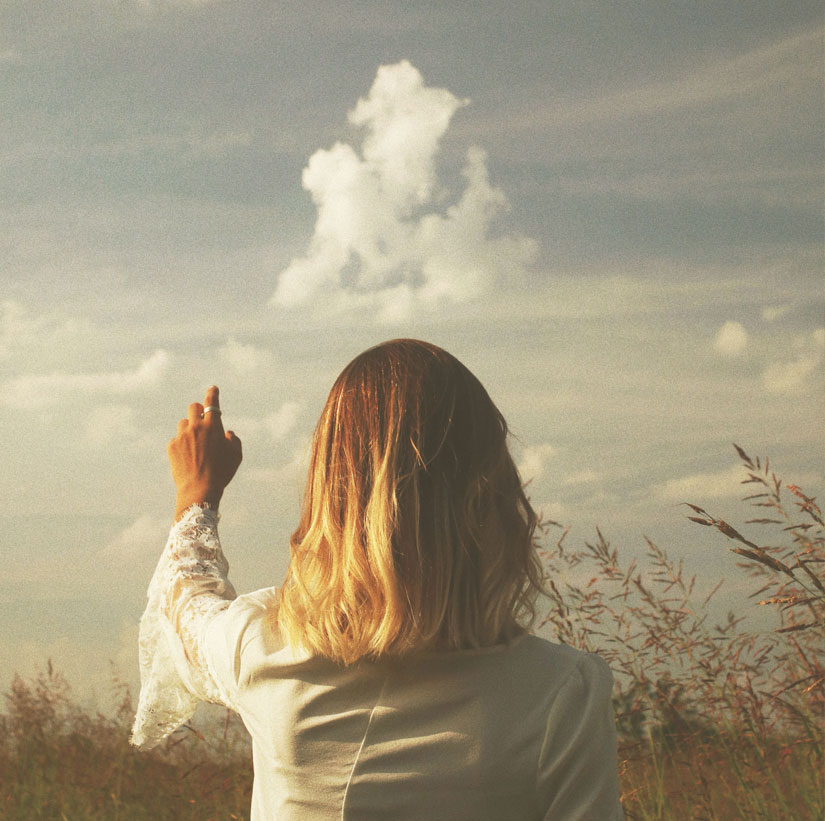
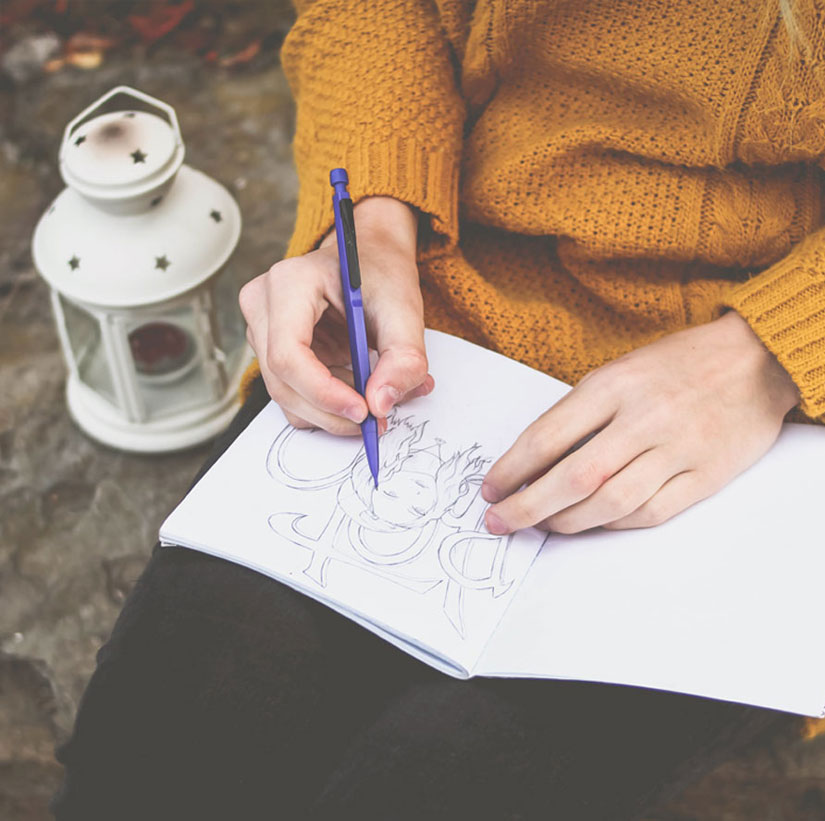
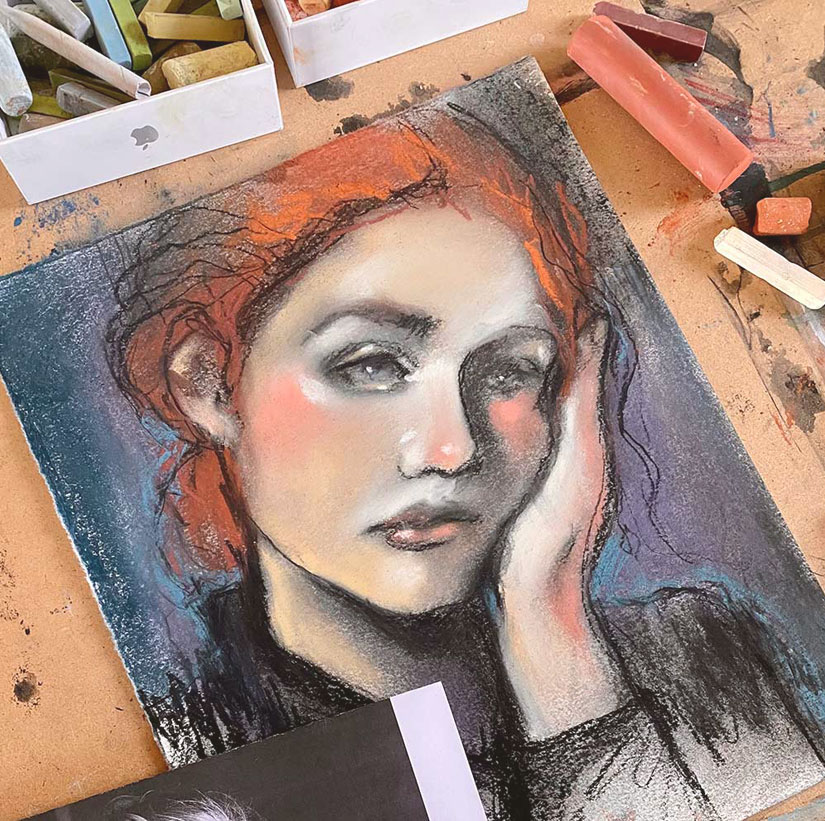
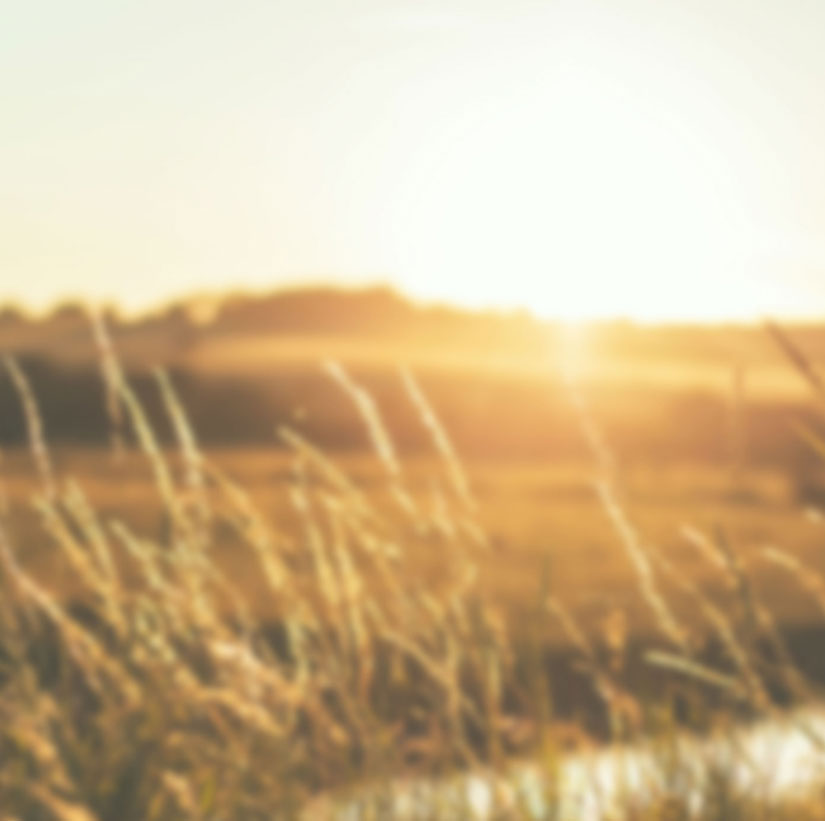
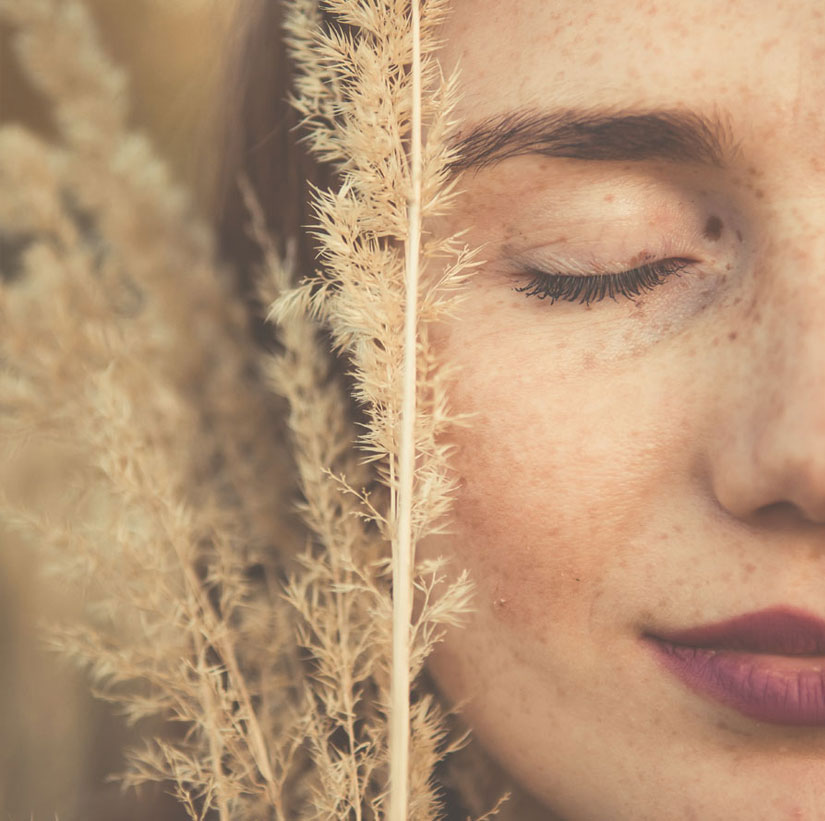
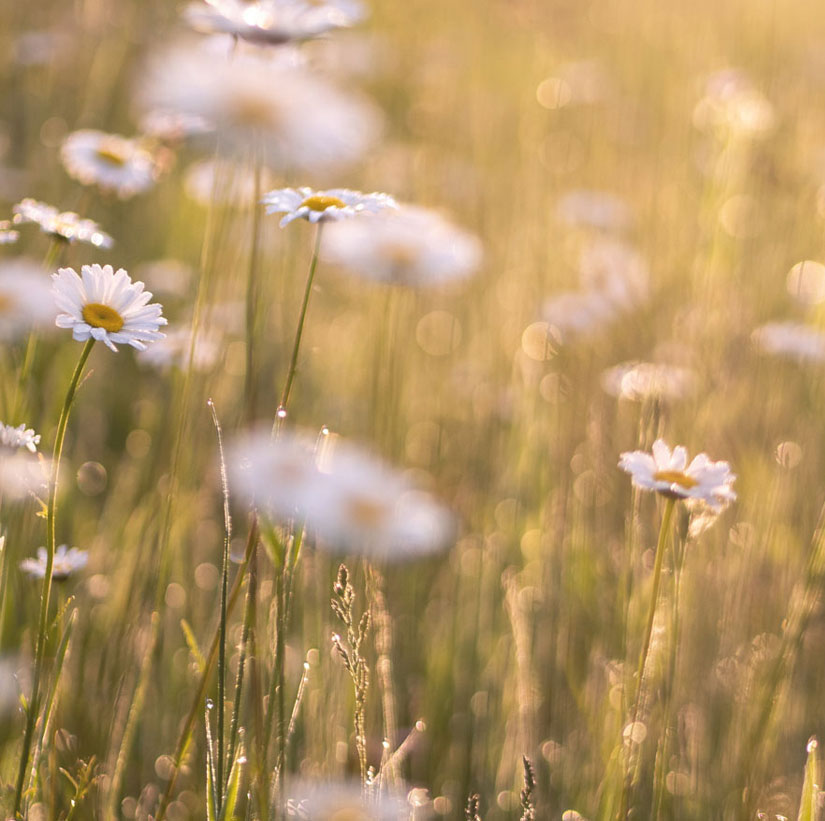
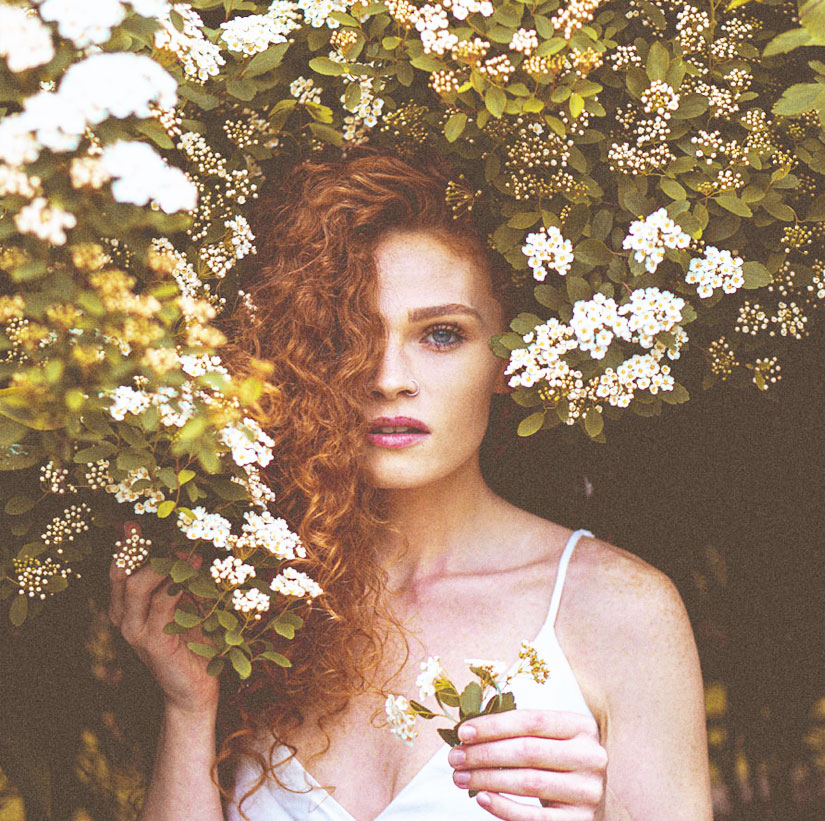

MONTHLY THEME
The Healing Power of Art
“Art is a wound turned into light.”
– Georges Braque
“At the deepest level, the creative process and the healing process arise from a single source. When you are an artist, you are a healer; a wordless trust of the same mystery is the foundation of your work and its integrity.”
– Rachel Naomi Remen, MD
The connection between creativity and healing
It all sounds so lovely right but guess what? There is real science behind the healing power of Art so let’s take a look at some of the facts!
Creativity releases endorphins – the chemical associated with feelings of happiness. It is as if we are healed by being creative. That’s why creativity plays such a large role in depression relief, which is an issue that affects an estimated 1 in 5 people. Research has found that working on a creative project dramatically improves both mood and general health. Creative self-expression has been shown to significantly reduce depression.
Research shows that self-expression increases the amount of serotonin in the brain, which is important for maintaining mood and sleep. Studies also show that people who express themselves creatively live longer, happier, more fulfilling lives! Creativity is indeed a well-spring of youthful energy – (my own Grandmother, who was a passionate artist lived to 99 years old!)
“Art making has the ability to move people along their journey of grief and loss into a more balanced place of healing and hope. In the face of tragedy, the creative process can help re-calibrate a mourner’s life.”
– Maud Morgan
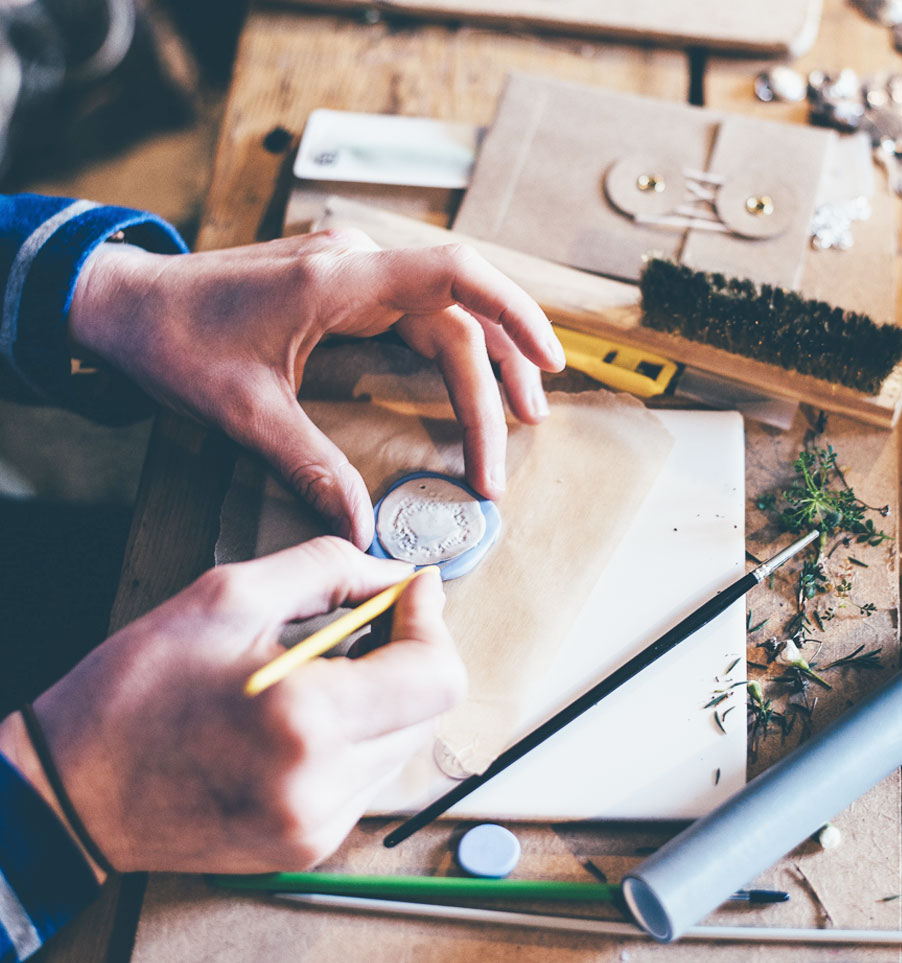
The process of self-discovery through creativity
So you may sometimes wonder, how does all this self-reflection in my creativity help me? Well, through Art, we learn about our nature and nurture our unique, individual soul. We learn about our own talents and our place in the world.
When we use our creative energy to express ourselves, we connect to an alternate reality that can give us much-needed inspiration and peace to make positive changes in our lives. Have you ever noticed after a satisfying art-making session that you feel calmer, more loving, and more enthusiastic? Our Art can fuel us and help us be kinder to ourselves and others.
Using our personal lens and our life experience to make Art that reflects our inner wisdom and empathy helps us to heal our hearts. Your creative expressions could be derived from childhood memories, dreams, travel, subjects we adore, abstract visions, social injustices, nature, our own wounds or anything that captures your attention. It is your world through your eyes. This is what self-expression is. This is why your art will be like no one else’s! It is honoring your own part in the cosmos and claiming it. It is how you get to meet yourself on this stage called Life!
Through your Art, you will begin to know yourself on much deeper levels, you will connect and uncover aspects of yourself that may have been forgotten or subdued. It is this process that both empowers and heals us.
“Painting is self-discovery. Every good artist paints what he is.”
– Jackson Pollock
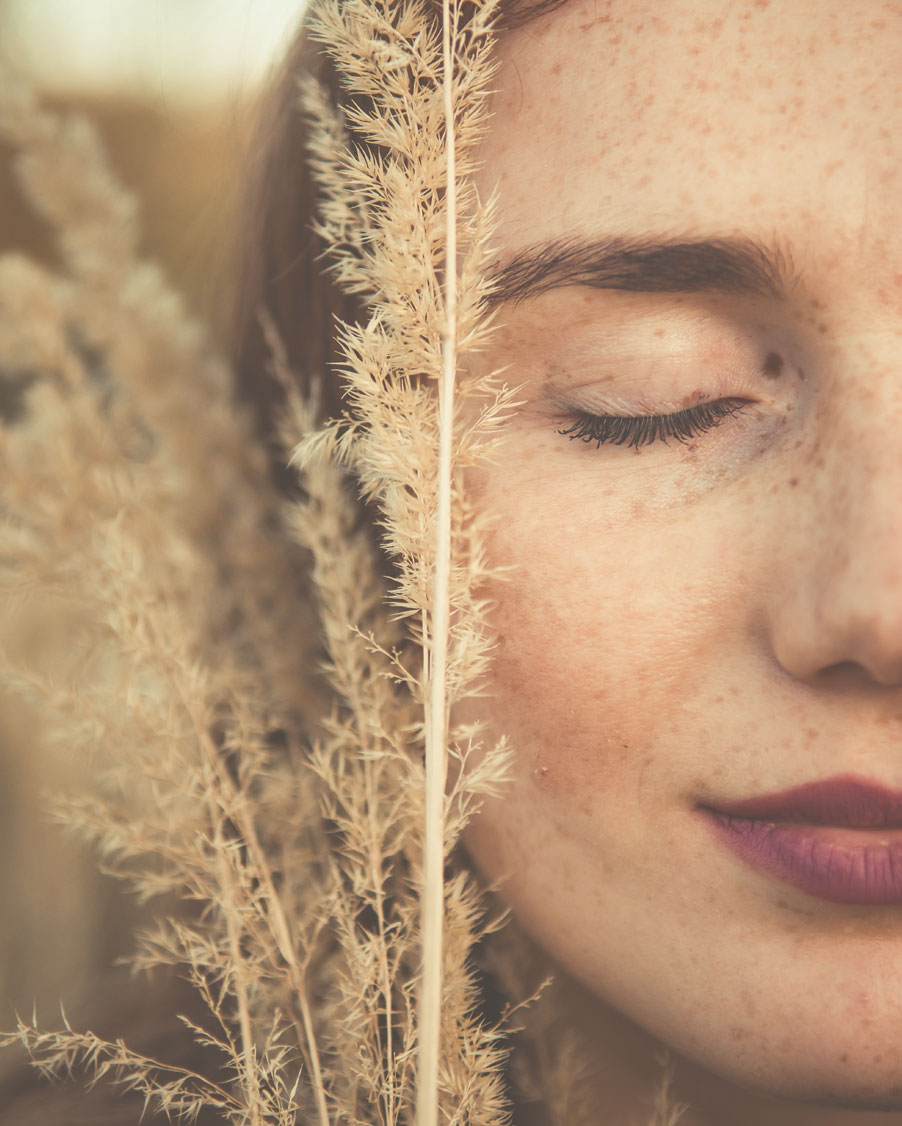
How can we support our creative process?
Incorporating all that is authentic, free-spirited and creative into your life and home will help you embody the spirit of this pursuit. Whether you’re creating art for yourself, as a gift or for sale, you can cultivate this feeling in your daily life through the following steps:
- Capture the imagery, colors, words, stories, textures, symbols and details in your life and your memories that resonate deeply with you. Document these things in your sketchbook and journal. Pay attention to how these different aspects make you feel and be curious about why?
- – You adore the color blue! Awesome….why? What images come up when you think of blue? What memories arise? What emotions?
- – You love the movie – “Midnight in Paris”! Oh yes, me too…but why? Is it the scenery? The concept of time travel?
Explore these things! There is always a deeply personal reason why we love things. This is fuel for your creative expressions.
- Observe how you feel in your body when you sense some resistance? This invites your investigation. Our inner wounds and shadows may repel us but there is a goldmine of self-discovery and healing here. Gently explore your wounds with intuitive sketching, painting, meditation or journaling. Just as our passions can fuel our art making, so can our pain. We can’t be fully empowered in our capacity for light if we have not fully acknowledged our capacity for the dark.
- Surround yourself (especially in your creative space) with objects and images that inspire and delight you. Indulge your inner child or Muse and create beauty around you! Who cares if it feels silly to string up fairy lights everywhere (this is me) – if it makes you happy and inspired do it! Being regularly exposed to beauty and delight engages our imagination and creative, playful nature.
- Spend time connecting to your body with gentle exercise, dance, walking or yoga. It’s so easy to forget about our body when we are all caught up in our imaginations and emotions but our body is a vital tool in the physical execution of our creative work. So honor it and love on it! This isn’t about losing weight or looking a certain way. Love your body right now. Today. Be grateful for your hands that wield the brush or sculpt the clay. Be grateful for your legs that hold you up as you paint at the easel. Be grateful for those eyes that capture the world with your vision…..you get the idea.
- Allow yourself to shed the preconceived notions that we are who we are because of what we do or who we know. You are not your “role” in life i.e. mother, wife, daughter, engineer, human resource assistant, manager….etc. You are much, MUCH more than your occupation or titles in life. You are even more than an ARTIST! You are an infinite soul who is journeying through this life in a human form. So don’t be constrained or limited by the “shoulds” or “shouldn’ts”. There are NO rules in creative expression. So don’t apply any to yourself. Stay aware when these pre-conditioned limits interact with your process. They will come up…it’s completely natural…but if you stay mindful you can catch them before they diminish you.
“Art is unquestionably one of the purest and highest elements in human happiness. It trains the mind through the eye, and the eye through the mind. As the sun colors flowers, so does art color life.”
– John Lubbock
Healing Power of Art
I love this poem by Danna Faulds that beautifully expresses the power of healing…
Healing by Danna Faulds
There is healing in the laying on of hands;
in the letting go of fear, in asking for help,
in silence, celebration, prayer. There is
healing in speaking the truth and in keeping
still, in seeking sunlight and not shunning
struggle.
Laughter and the affirmation of
wholeness hold their own healing.
When the soul dances, when the day begins in
delight, when love grows and cannot be
contained, when life flows from moment
to moment, healing happens in the space
between thoughts, and the breath before
the first sung note. Healing is a birthright
and a grace.
When we dare to be open to
the unknown, when we extend ourselves
in caring, when we welcome in the vast
expanse of life, healing comes from the heart, and blossoms from the inside out.
Healing by Danna Faulds
Creative Archetypes
WHAT IS AN ARCHETYPE
An archetype is defined as a universal symbol, character, pattern or element that is understood throughout the world, regardless of culture. It carries meaning and layered symbolism that reflects upon the human experience. For example, the “hero” is an archetype and this character is seen throughout the lineage of humankind, in stories, myths, paintings, music etc.
In Jungian psychology, the archetypes represent universal patterns and images that are part of the collective unconscious. Jung believed that we inherit these archetypes much in the way we inherit instinctive patterns of behavior.
For our purposes, as artists, I want to explore how these archetypes relate to the creative path.
The Mother Archetype
The Mother archetype is one of the most common and universally recognized archetypes in most cultures. Representing the universal, idealized version of motherhood, the archetypal mother is often depicted as the nurturing, selfless caregiver who protects and provides for their offspring at any cost to themselves. She is the protector and nurturer of the life force of the cosmos. She has the capacity for the immense expression of unconditional love, devotion and caring. However, the converse can also be true, with the archetypal wicked stepmother, or neglectful mother who abandons her child.
The Mother archetype represents the essential maternal principles – motherhood, motherly love, maternal instincts, sensitivity, nurturing and a deep connection to nature. Motherhood is an important part of identity for women and even if childless, all women are mothers in their own expression since creation is inherent in the feminine. Whether you gave birth to a child or give birth to your creative expressions, both embrace the Mother Archetype
(I am deeply aware that this can be extremely painful for many of us so I ask you to be gentle with yourself if this is the case.)
Let’s explore the core framework of this Archetype –
Can you relate to some of these inherent aspects of The Mother?
OVERARCHING BELIEF: I create and bring forth life
CORE DESIRE: To create and care for what is birthed
FEAR: The loss of what has been created or of no longer being able to create
WEAKNESS: Smother, over control or manipulate her creations, an unwillingness to let go
STRENGTH: The ability to nurture, care for and love her creations
The Light Aspects of the Mother Archetype
There are also at least two other versions of the archetype, which are represented with different levels of light and darkness. The Light Mother is depicted as powerful, protective, creative, loving and wise. Think Gaia, Mother Mary, Demeter and Isis.
The Shadow Aspects of the Mother Archetype
The Shadow Mother archetype is usually depicted as cold, manipulative and void of the typical maternal instincts. This is often the “wicked stepmother” character seen in popular fiction and film. The aspect of the Mother archetype often arises from a wounded mother, one who has not healed herself before giving birth to her offspring. She “mothers” by controlling or neglecting or in some cases, a combination of both.
How to use the Mother Archetype in your creativity
The archetypal Mother in both her light and dark aspects reflect the scope of not just the feminine but of humanity. We are inherently creative beings, we are both light and dark. You have the potential to create and destroy. This is indeed a powerful and healing archetype to explore creatively.
You can use the Mother archetype to represent your own ideal of the loving, altruistic, nature loving, mother. It is here that you can find your true strengths and what it is to be an inner mother and to fulfil your true nature as an awakened person, who has an ability to love, nurture and care. How can you Mother yourself in a way that supports your creative life?
Alternatively, you can use the Mother archetype to cleanse old wounds, distrust, betrayal or anger. Recognize that you are not defined by another’s cruel or misguided nature (the shadow Mother), nor do you need to be shackled by someone else’s wounded perspective. If you endured aspects of the shadow Mother in your own life, can you begin to unbind yourself through your creative expression?
Sketchbook prompt:
- Create an image of your inner Mother Archetype. You could collage, paint or sketch her. Spend some time thinking about what love, support, healing and guidance she has to offer you….
Enjoy this Pinterest Board filled with beautiful Mother Archetype themed creations and imagery…
“Art is my cure to all this madness, sadness and loss of belonging in the world & through it I’ll walk myself home.”
– Nikki Rowe
Creative Archetypes
WORD OF THE MONTH
Heal
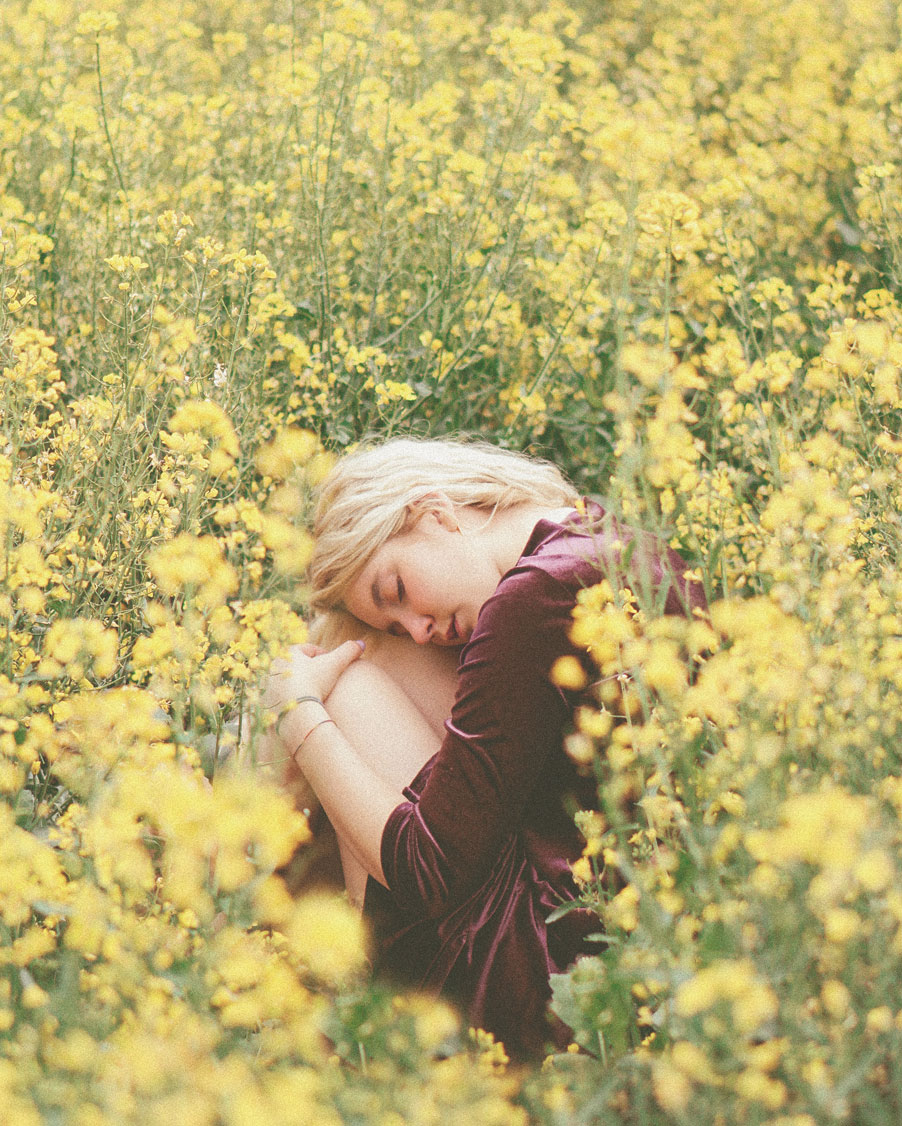
a: to make free from injury or disease : to make sound or whole heal a wound.
b : to make well again : to restore to health, heal the sick.
“Creativity healed me. I don’t know that I could think of any word that I get more inspired by than the word healing.“
– SARK
Writing Prompt
1. When you create art what emotions do you typically encounter?
2. What messages do those emotions hold for you? Example – I often feel anxious when I go to create – this is a signal that I am doubting myself, why am I doubting myself? OR I often feel frustrated when I begin my creative process. Why do you feel frustrated? Explore each of these emotions and how they relate to your life experiences. There are important messages therein.
3. How can I nourish myself through my creative practice?
4. Can you think of a time when your Art helped you process a difficult emotion or experience? Describe it.
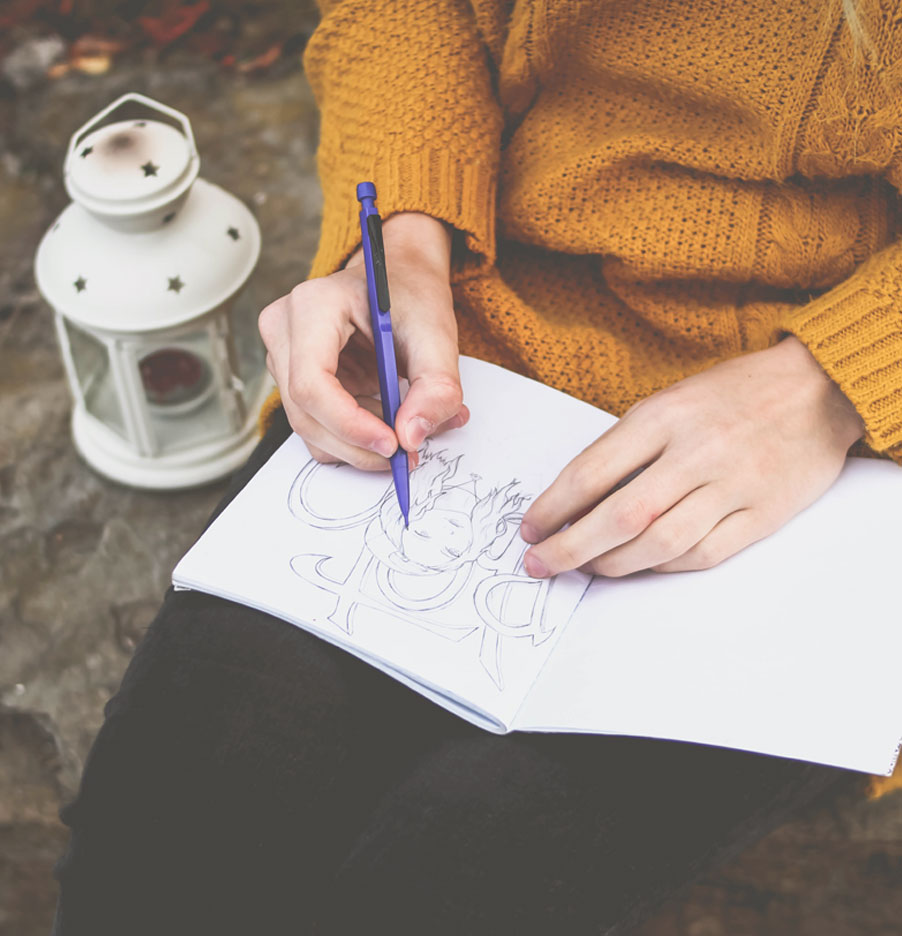
“Art opens the closets, airs out the cellars and attics. It brings healing..”
― Julia Cameron
Writing Prompt
healing artist PROMPT:
- This is not actually an art prompt but rather an invitation to try something that can soothe and relax the body. I’m learning that connecting with my body is increasing my connection to my creative practice. So, I invite you to try Restorative Yin Yoga. This very gentle form of Yoga is accessible to all levels and can encourage relaxation and healing in the body. You DO not need to be flexible to do Yoga! This is what always scared me away from it! Grab some pillows and come check out this wonderful class via YouTube…
Healing the Earth with Love Meditation
WITH RACHEL HILLARY
This is a journey of healing, where we rise up out of our physical bodies, up through the atmosphere, and place our intentions and spirit above earth. And so we fly up into the skies, gather the divine energy of the stars, of our being, and let it flow back down to envelope and heal our earth, and touch every being. Experiment with this vibrational healing creating physical change.
xo,
Rachel
Healing the Earth with Love
You can download more meditations and connect with Rachel here…
“It is your ability as a creative person to envision positive change that will make a difference.”
– Patricia Johanson
Monthly Affirmation
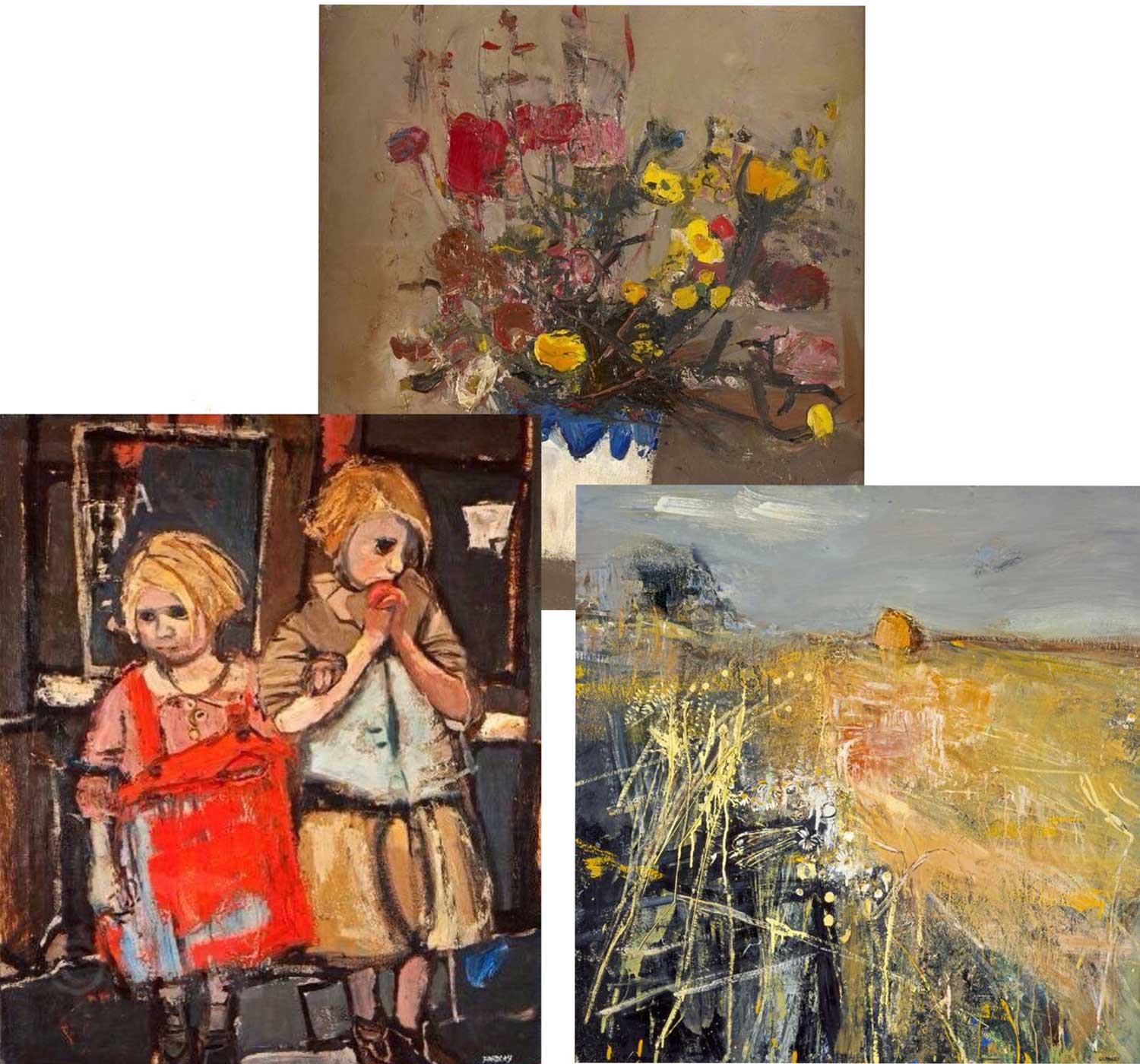
Color Palette of the Month

“I’m sitting looking out at the darkness and the sea, I think I shall paint here. This is a strange place but it always excites me.”
– Joan Eardley
Color Palette
healing Artist PROMPT:
- Create a self-soothing sketchbook – collect images, color swatches and words and other elements that you find soothing. Collect them into a sweet little sketchbook or journal. Use this book to flip through to give yourself a gentle break when difficult emotions/memories or circumstances arise. This is actually proven to lower cortisol (the stress hormone) and can even spark new ideas for creative projects.
Master Artist Guide
Joan Eardley
Her unabashed, potent freedom is inspiring as we explore healing through our artwork. I find her work, especially her portraits hold an innocence and authenticity that pulls you in and emboldens me to be looser in my work. To explore and push and seek out the very edges of my comfort zone.
I hope you enjoy learning about this incredible artist and can witness an aspect of her healing through the exploration of her work.
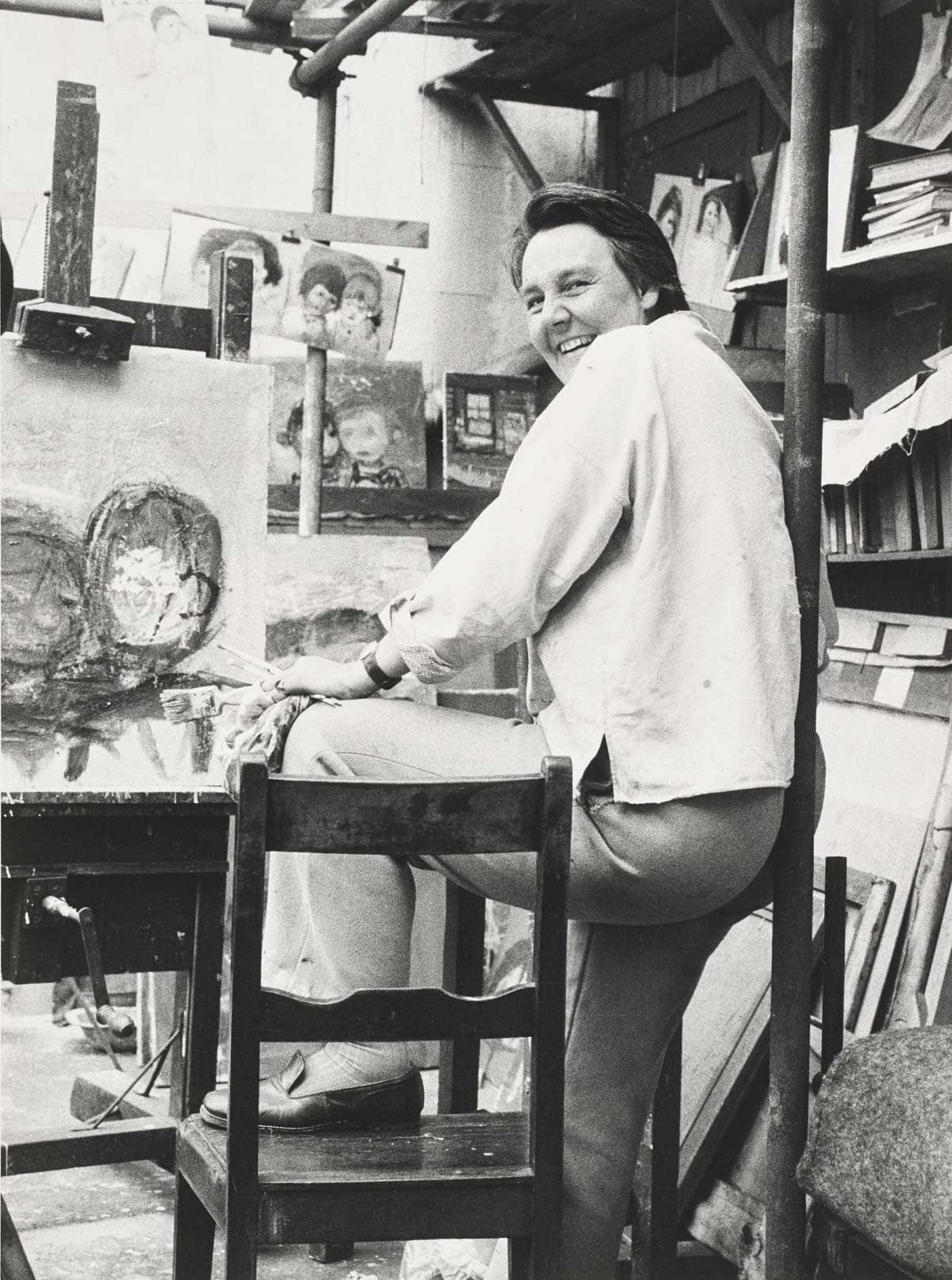
JOAN IN HER STUDIO
“I do feel the more you know something, the more you can get out of it.”
– Joan Eardley
The first was from 1940 when she enrolled at the Glasgow School of Art through to 1949 when she had a successful exhibition of paintings created while travelling in Italy. From 1950 to 1957, Eardley’s work focused on the city of Glasgow and in particular the slum area of Townhead. In the late 1950s, while still living in Glasgow, she spent much time in Catterline before moving there permanently in 1961. During the last years of her life, seascapes and landscapes painted in and around Catterline dominated her output.
Early Life
Later in the war, he fought in the trenches on the Western Front, was wounded in a gas attack and suffered shell-shock. The couple married at the end of the war, but Captain Eardley experienced episodes of depression and suffered a mental breakdown during Joan’s early childhood.
After the failure, and subsequent sale, of his farm in 1926, Captain Eardley worked for the Ministry of Agriculture and Joan’s mother took her and her younger sister, Pat, to live with her own mother in Blackheath, London. In 1929 an aunt paid for Joan and Pat’s education at a private school, St Helen’s School, where Joan’s artistic talent was first recognised.
In 1929 Captain Eardley committed suicide. Joan was only 8 years old.
Eardley trained at the local art school in Blackheath for two terms, and in 1938 enrolled at Goldsmiths College which she attended for one term. In 1939 Eardley, her mother and her sister moved to Glasgow to live with her mother’s relatives in Bearsden.
Glasgow 1940-1948
In 1941, they acquired a horse and caravan and travelled around Loch Lomond to paint and sketch. For many years, they also visited Corrie on the Isle of Arran, using an outhouse, “The Tabarnacle”, as a studio.
By 1942, Eardley had completed the School of Art’s General Course and began the diploma course in drawing and painting. The next year she was awarded the diploma in drawing and painting. Her diploma painting, a self-portrait, was her only excursion into formal portraiture and she was awarded the school’s Sir James Guthrie Prize for it.
After graduating in 1943, Eardley trained as a teacher at Jordanhill Teacher Training College, but she never liked classroom teaching and left after one term. She chose instead to work as a joiner’s apprentice with a small boat building firm in Bearsden. This work, which, throughout 1944 included painting camouflage patterns on landing craft for the war effort, allowed Eardley to attend evening classes at the Glasgow School of Art until 1946.
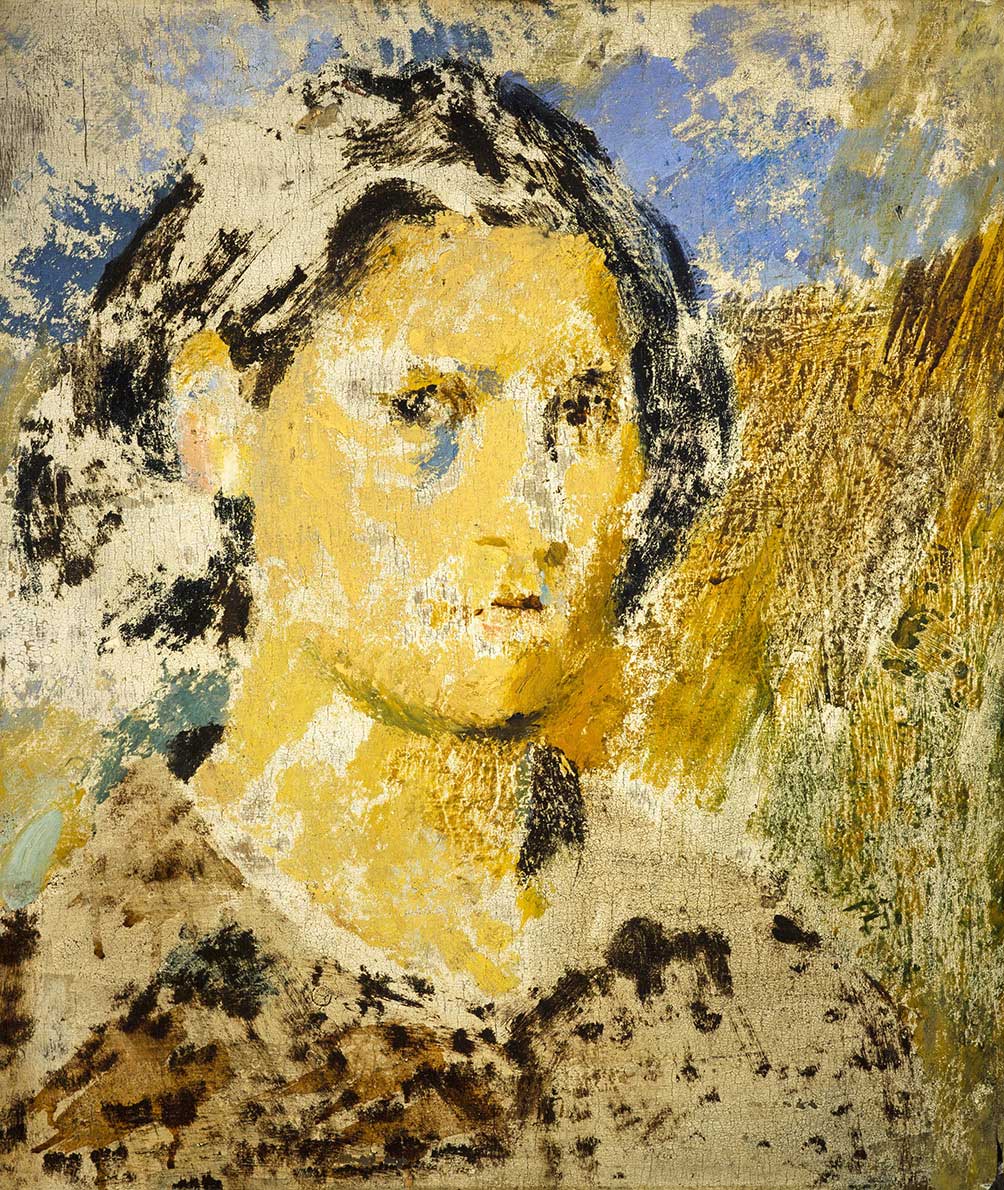
Self Portrait – 1943
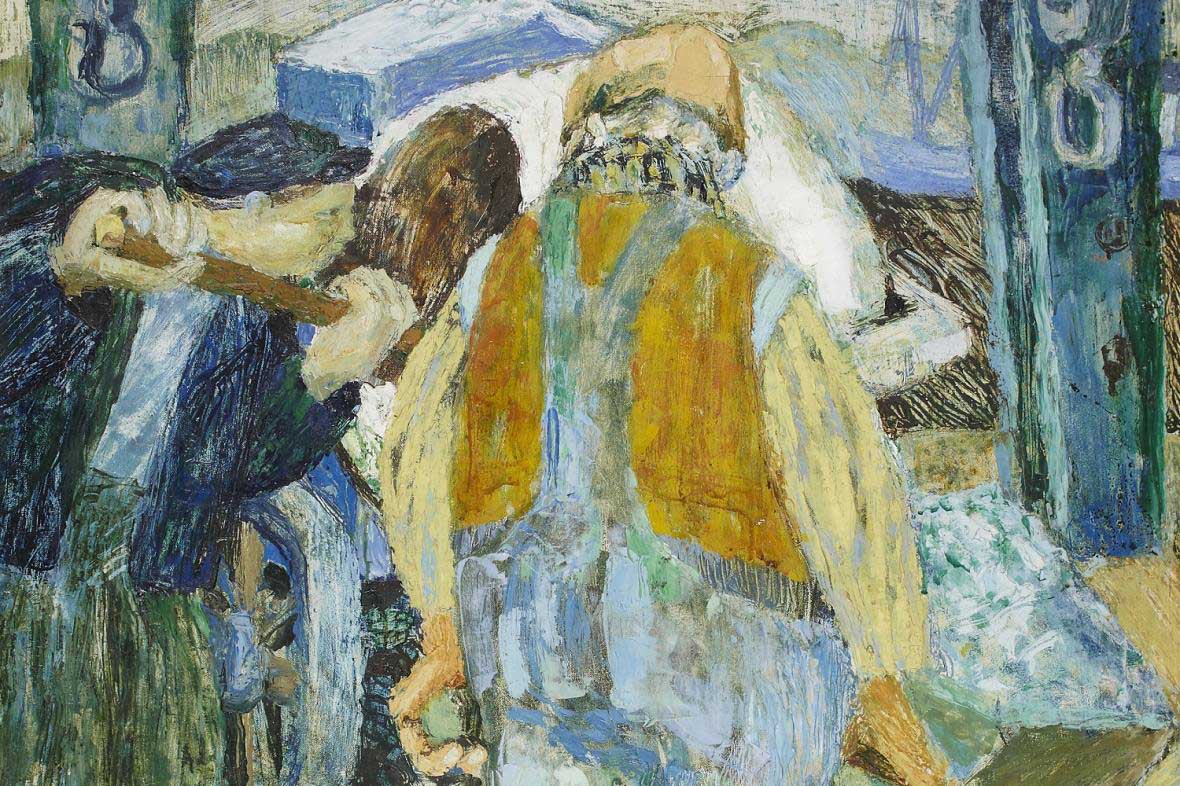
Mixer Men – 1944
Around 1945 Eardley appears to have made a small number of prints using a wood engraving technique but did not continue with the method. Eardley went back to London for a short time, but returned to Scotland to continue her studies in 1947 at Hospitalfield House, in Arbroath under James Cowie, who influenced her choice of everyday subject matter. In 1948 Eardley returned to the Glasgow School of Art to complete a post-diploma course.
Italy 1949
In September 1948 she traveled by boat and train to Florence. There she saw many works by Italian Renaissance artists and in particular, she admired frescos by Giotto, by Masaccio and also works by Piero della Francesca. She valued these artists’ humanity and the sculptural aspects of their work. She visited churches and monasteries in Assisi before visiting Forte dei Marmi in November 1948.
There she painted fishermen working on their nets, a subject she returned to years later in Catterline. Eardley spent Christmas 1948 in Paris before traveling to Venice in January 1949.
In Venice, she fell ill and had to travel to Florence for treatment by an English-speaking doctor. Once recovered, she divided her time between Arezzo, Ravenna as well as Florence and Venice.
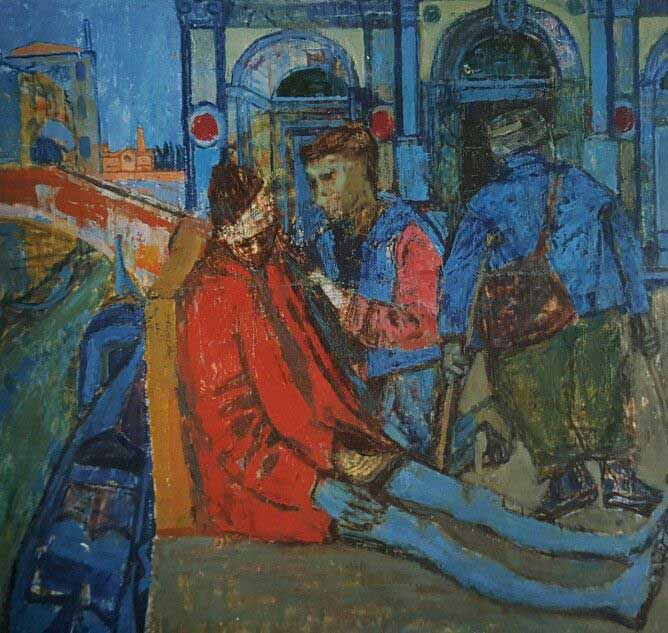
Beggars in Venice – 1949
On her return to Scotland in 1949 she mounted an exhibition, effectively her first solo exhibition, of work done in Italy, including a number of striking scenes of peasants, beggars, children and old women.
Townhead 1950-1957
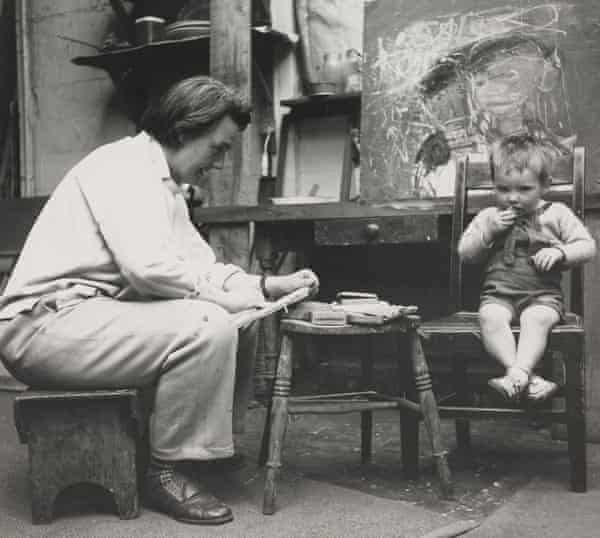
Joan sketching a local child in Townhead, Glasgow
In Townhead, she became known for her drawings and paintings of poor city children, often playing in the streets in ragged clothes, the older girls looking after younger siblings. While some of the children appear quite introspective, Eardley captured the exuberance and awkwardness of most of the children. The twelve children of the Samson family were among her regular subjects. Eardley also made chalk drawings, often on scraps of paper or even bits of sandpaper, of the tenement children.
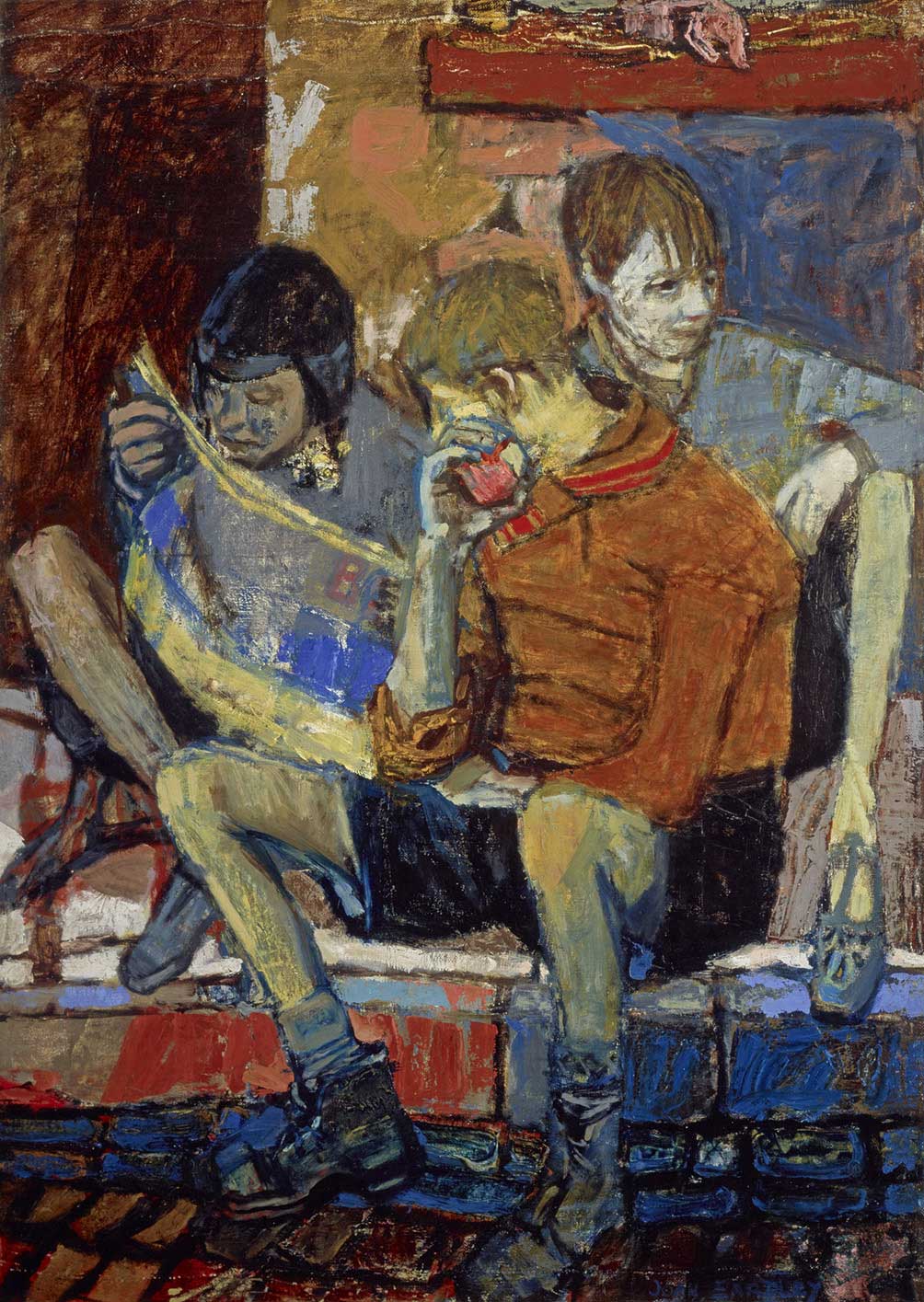
Street kids – 1949-51
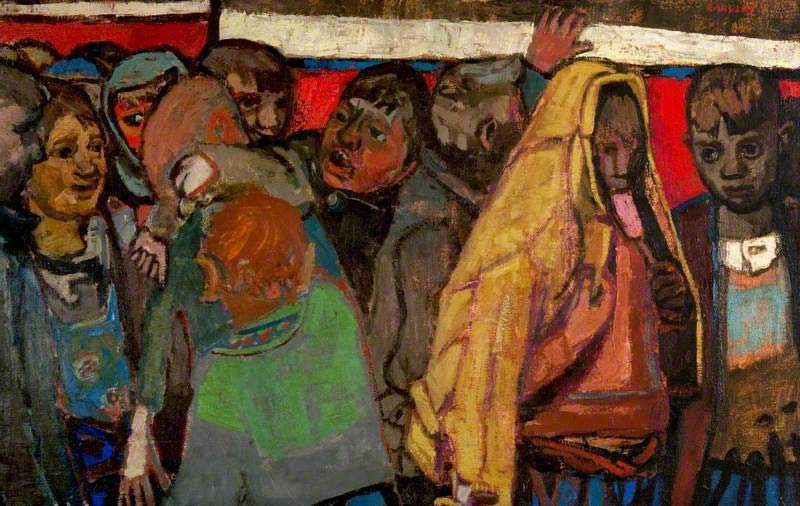
Glasgow kids, a Saturday Matinee Picture Queue – 1949-51
“I suppose I’m essentially a romantic. I believe in the sort of emotion that you get from what your eyes show you and what you feel about certain things.”
– Joan Eardley
Catterline 1957-1963
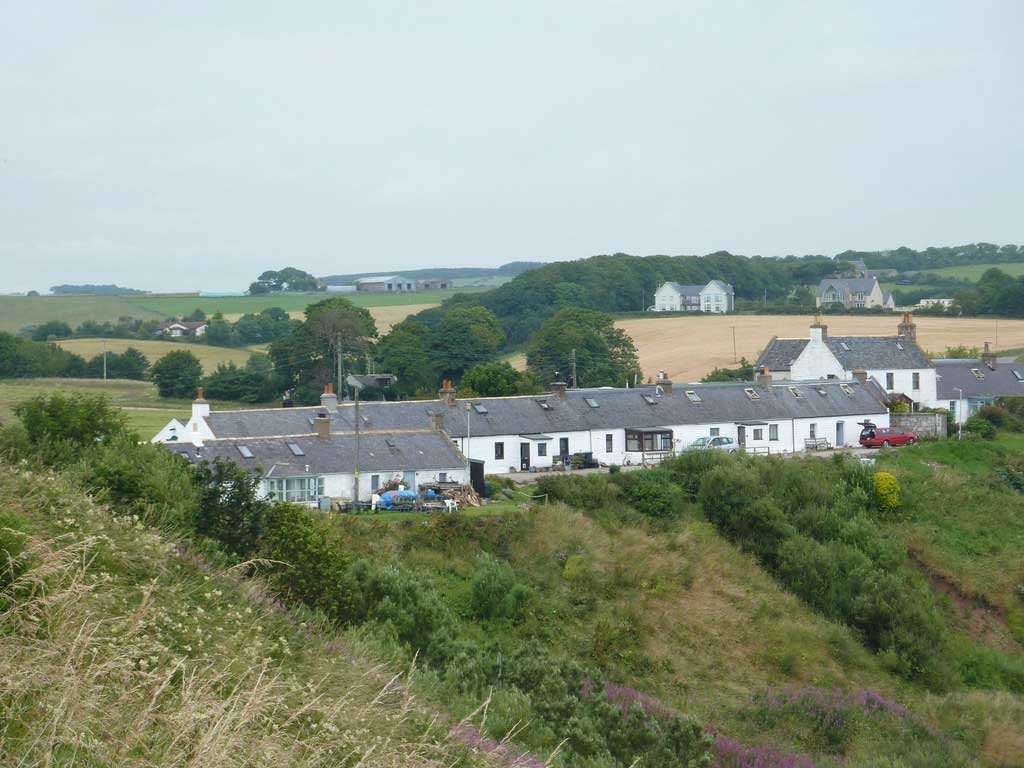
The seaside village of Catterline, Scotland

Joan’s Cottage in Catterline
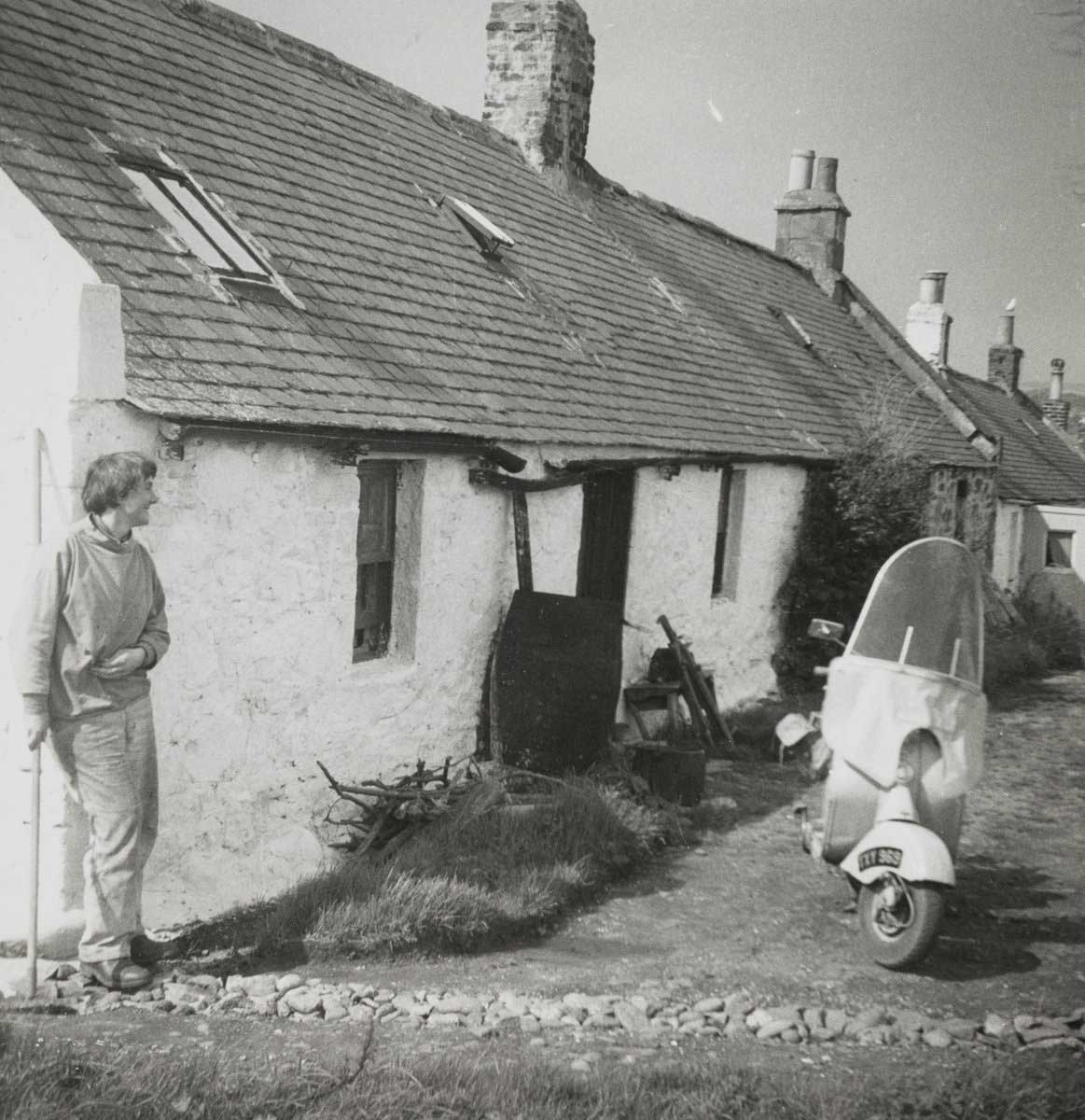
Joan and her Lambretta scooter, Catterline
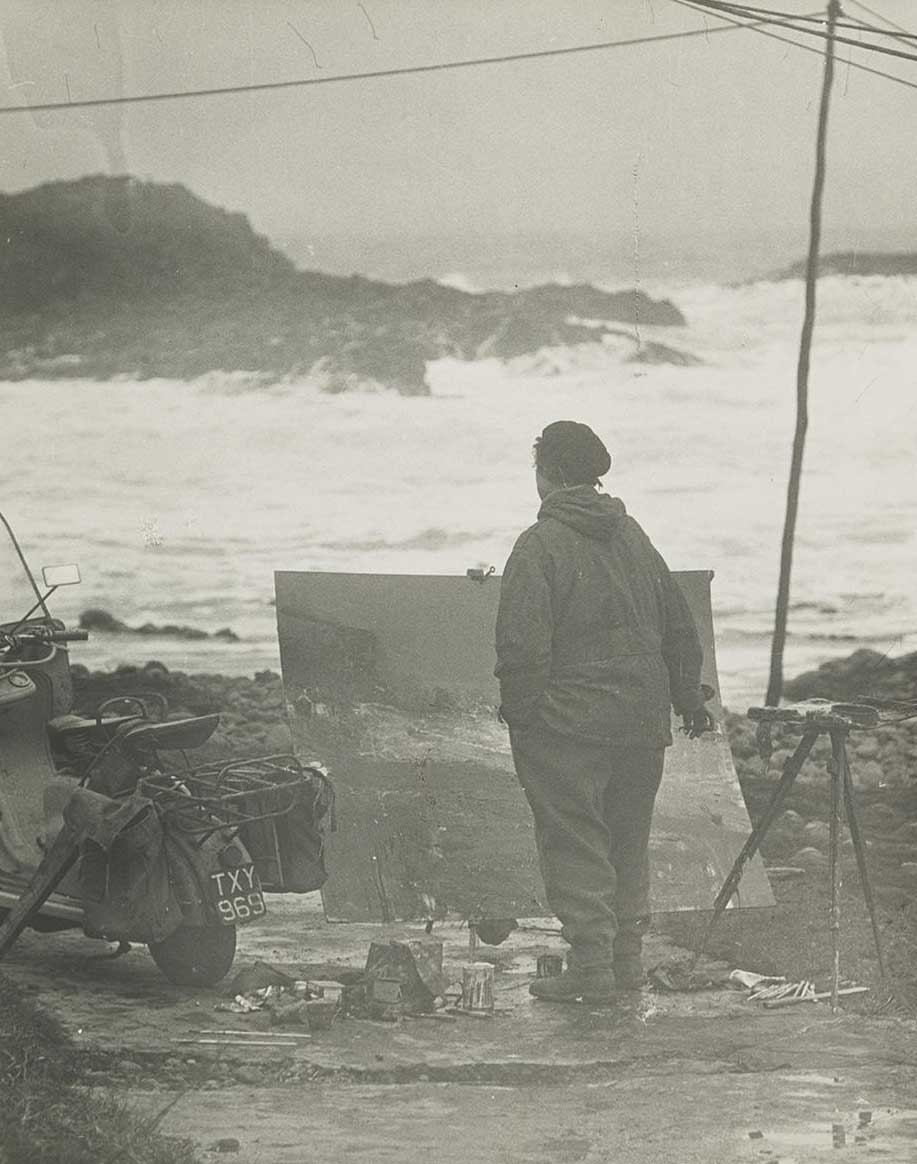
Joan Painting in Catterline
“I very often find I will take my paints to a certain place which has moved me and I begin to paint there and I find, by perhaps the end of the summer, I haven’t moved from that place. My paints are still there, I’ve worn a kind of mark in the ground, there’s no grass left.”
– Joan Eardley
In an audio recording Eardley spoke of Catterline: “When I’m painting in the North East, I hardly ever move out of the village, I hardly ever move from one spot. I do feel the more you know something, the more you can get out of it. That is the North East. It’s just vast wastes, vast seas, vast areas of cliff. Well, you’ve just got to paint it.”
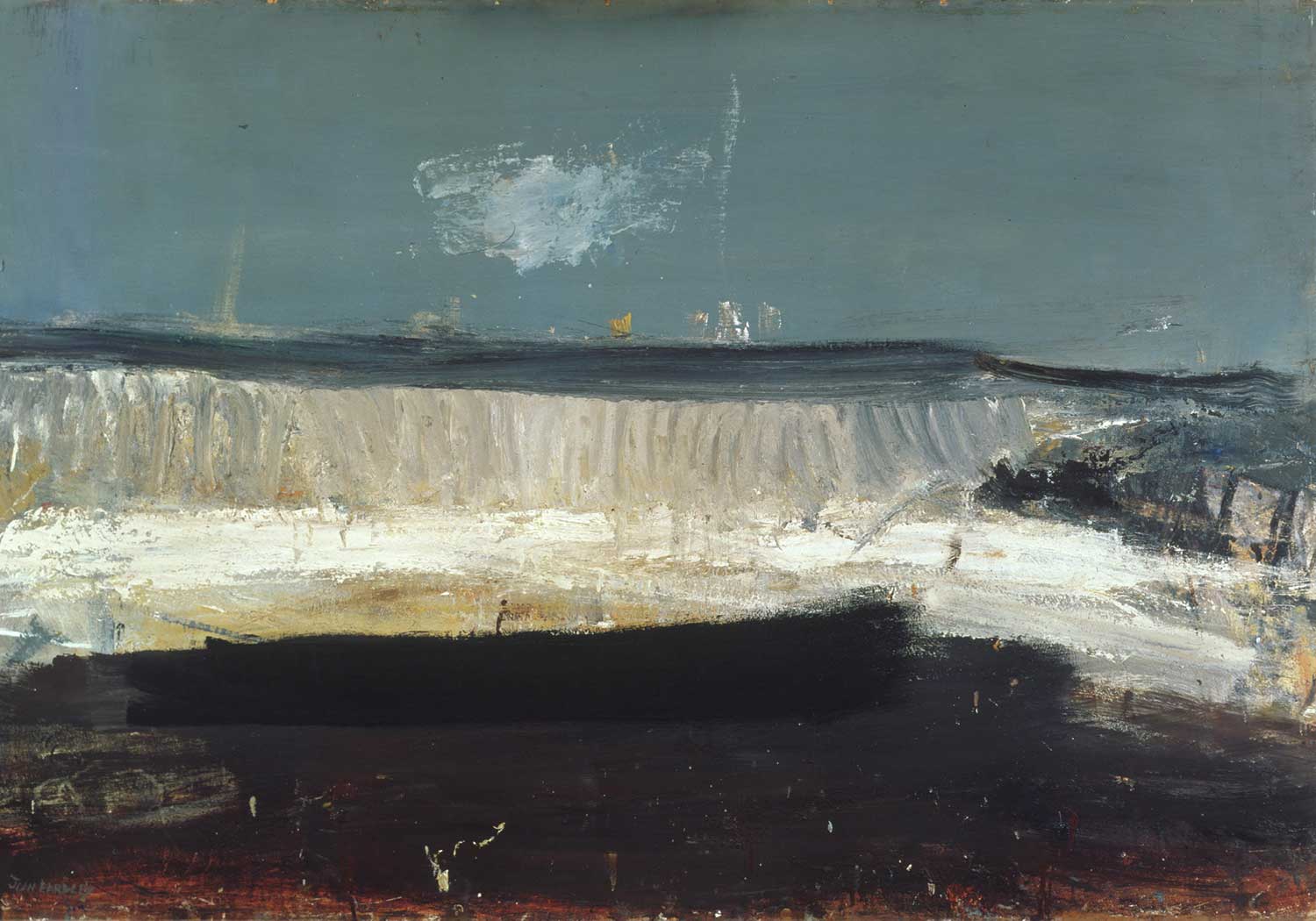
The Wave – 1961
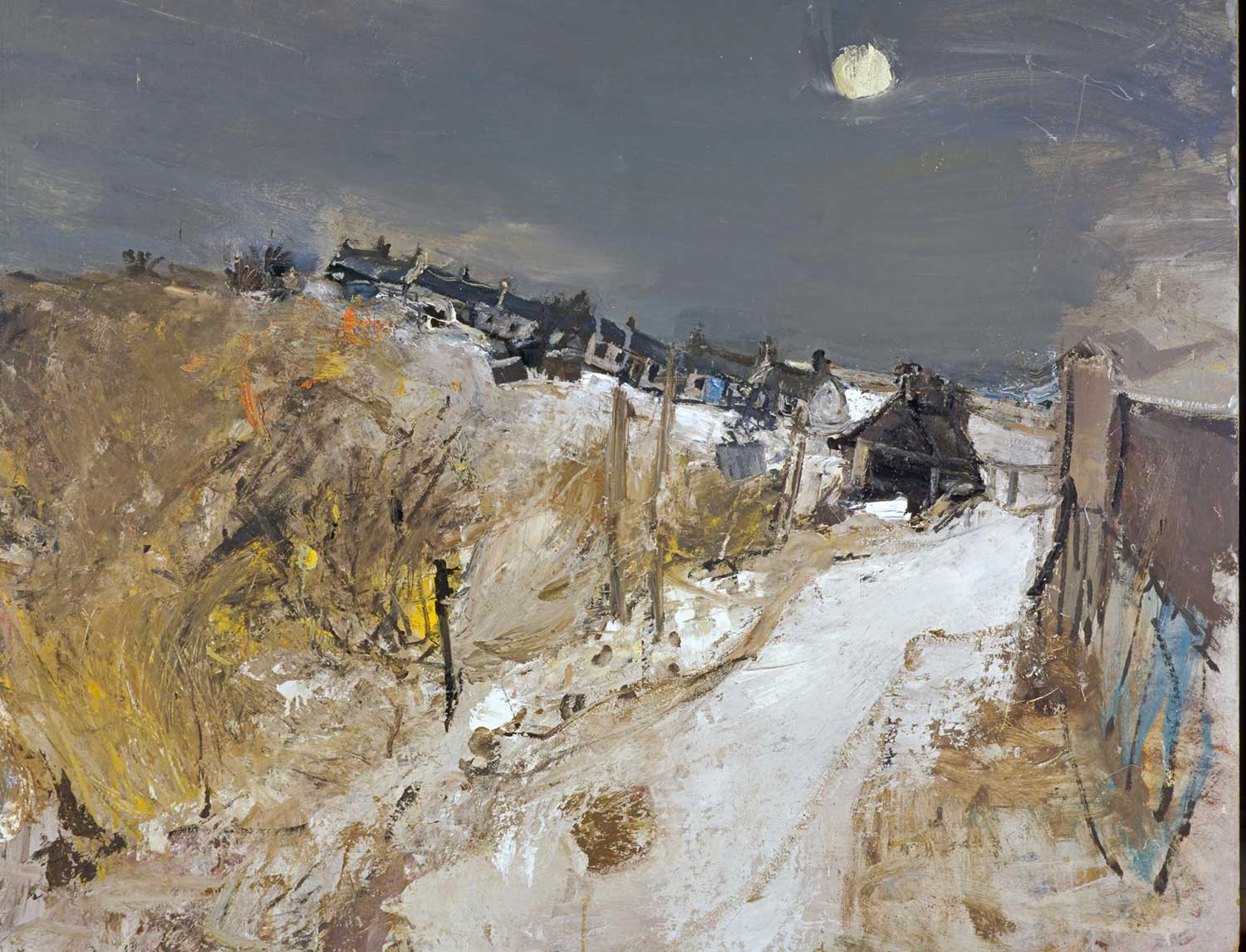
Catterline in Winter – 1963
Early in 1963, Eardley consulted a homeopathic doctor about a breast lump but was told she had no need to be concerned. By May 1963, she was complaining of persistent headaches and was diagnosed with breast cancer which had spread to her brain. Devastatingly, she began to lose her sight during these last days. Eardley was cared for by friends at Catterline throughout her last months and died at Killearn Hospital in August 1963 at the age of 42, with her mother, sister and Audrey Walker at her bedside. A large painting of the Samson sisters, Two Children, was left unfinished in her studio. Her ashes were scattered on Catterline beach.

Catterline Bay – 1961
“I do feel that the notion of landscape inside me is becoming satisfied. And therefore there won’t be, I hope, too much wastage – when I’m forced to stop. There’s bound to be some feeling of having left bits of myself behind.”
– Joan Eardley
ENJOY THIS SLIDESHOW OF SOME OF HER WORK…
Here’s a Pinterest board full of his work to inspire you!
I highly recommend you watching this short 7 min video about Joan and her time painting in Catterline
Master Artist Guide
Healing Artist PROMPT:
- Create a healing mandala in your sketchbook. It is said that working in a contained circle is soothing to our mind. Intuitively design your mandala, allowing symbols and shapes to form without over thinking. Use colors and mediums you find comforting.
Sketchbook Explorations
EXPLORATION 1
Expressive Portrait
Inspired by the loose, expressive portraits by Joan Eardley, I created one using my non-dominant hand to begin, switching between hands as I went. I used charcoal and pastels. I almost gave up on this portrait but ended up loving her. Try and really push yourself to loosen up with this one! Get your hands into it, make intuitive marks, don’t be afraid to push the charcoal and pastels around. I filmed the process for you to watch.
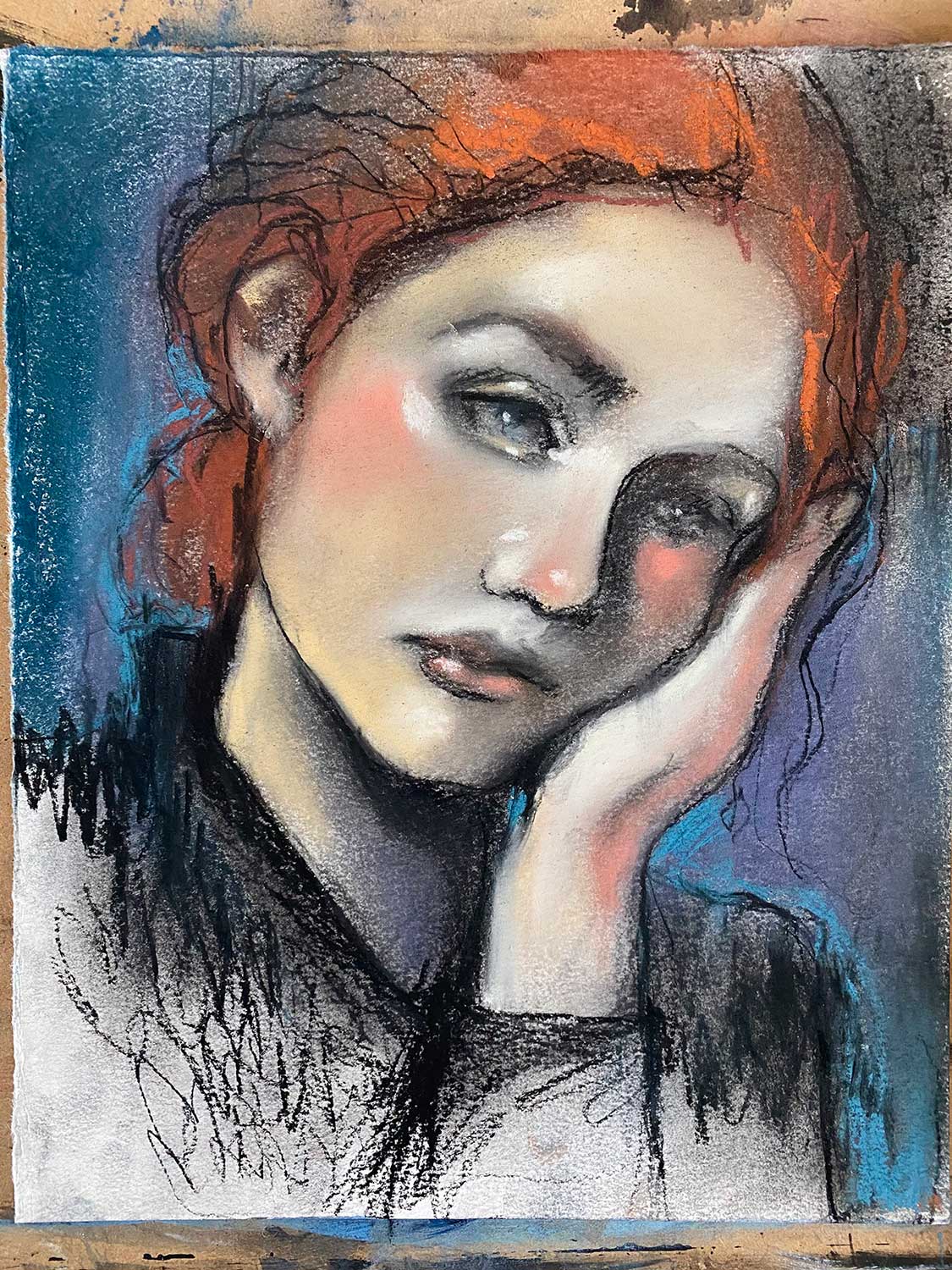
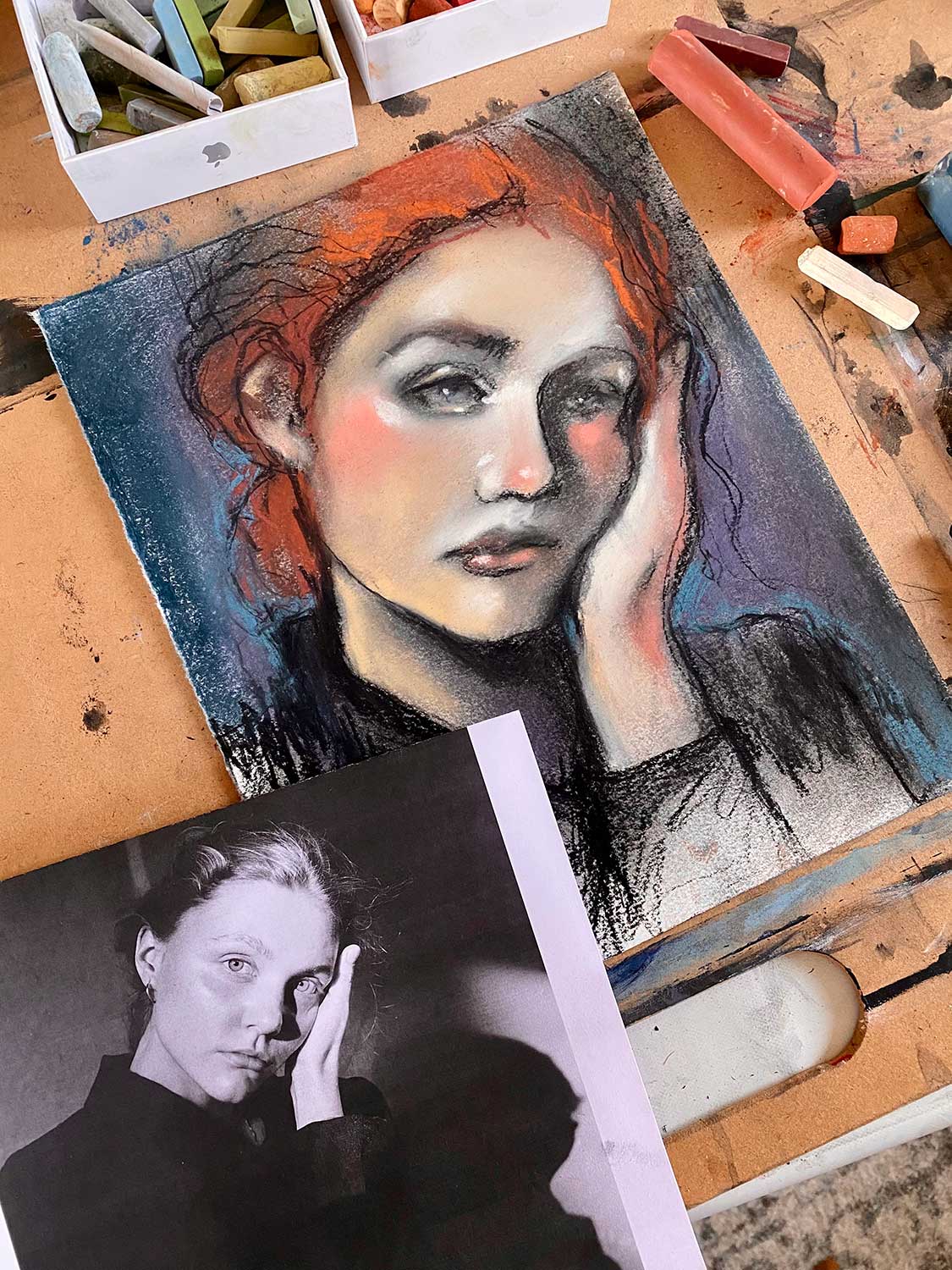
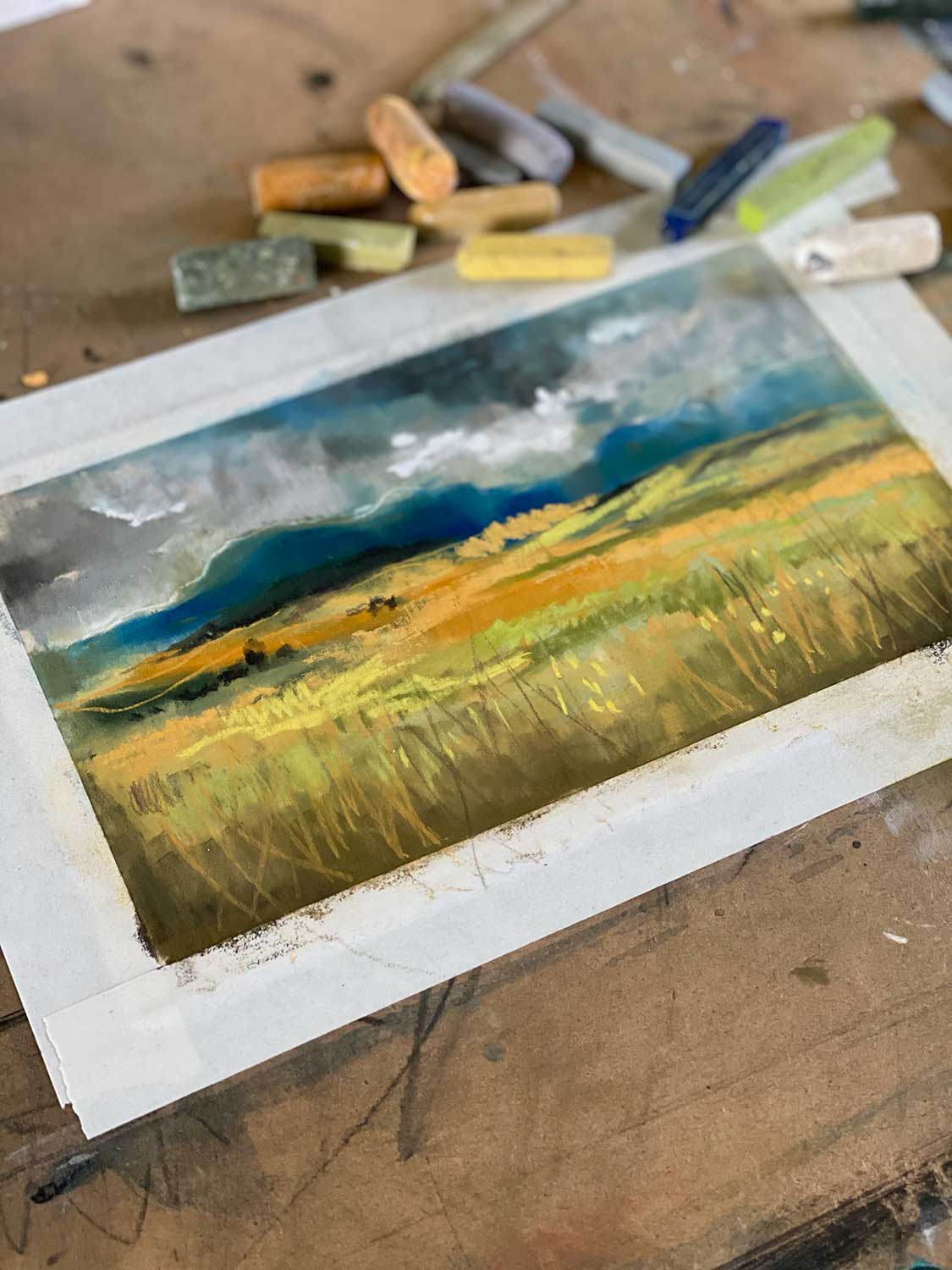
EXPLORATION 2
Pastel landscapes
Joan loved to create quick, expressive snapshots of the landscapes around her at Catterline. So let’s try this too. Grab some sanded paper (if you have some) or just use sketchbook paper and create some fast, intuitive landscapes using your pastels or another medium you prefer. Don’t get caught up with detail. Just capture an impression of the scene. You can use this Scottish landscape gallery as inspiration or get out into your environment and work out in nature. Let yourself really let go of expectations and let the land speak for itself.
Here is a gallery of Joan inspired landscapes to get you inspired –
EXPLORATION 3
Childhood sketches
Joan’s depictions of impoverished children from the Glasgow slums were so captivating to me. She seemed determined to capture their essence or innocence amongst the harshness of their environment. She was fascinated by their completely uninhibited nature and how their joy shone through despite living in poverty. I wonder if she found this especially touching since her own childhood was so tragically impacted by the suicide of her father when she was just 8 years old?
For this exploration, grab old photographs of you as a child and sketch them loosely using charcoal or any medium you like. Don’t be overly concerned with realism, focus on expression. If this is too tender for you or you don’t have access to childhood photos, you can use the linked gallery below to find inspiration. So much healing can happen when we connect with our inner child and childhood memories. As always, go gently with yourself and do only what feels accessible to you.
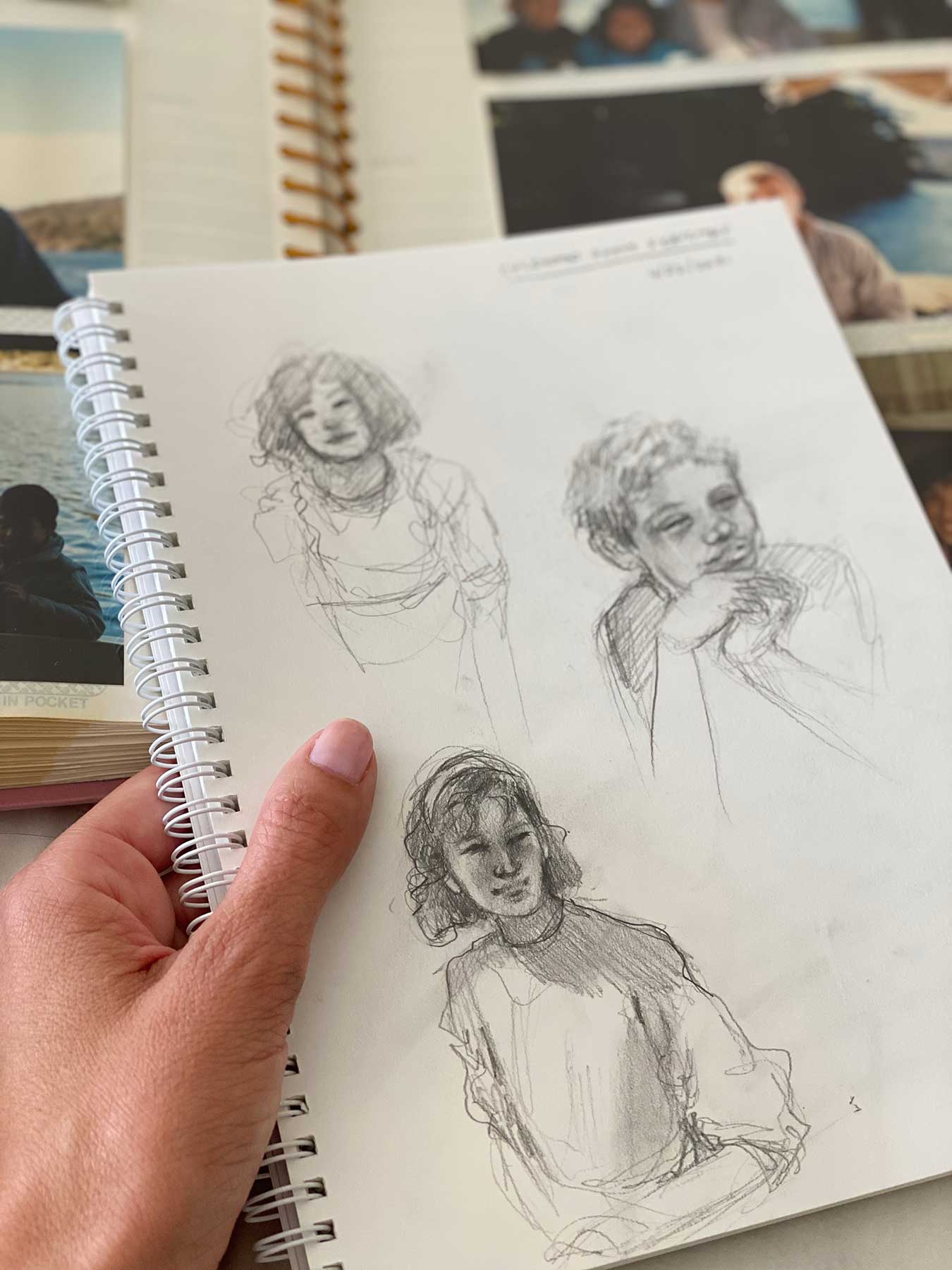
“Be true to the artist in you and the art will be true to you..”
– Christina Strigas
MAY ART PROJECT
Charcoal & Pastel Expressive Portrait
By Ivy Newport
Let’s get started!
STUDIOWORKS
Submission Calls
STUDIOWORKS PODCAST
issue twenty-nine
You can also listen to this month’s issue of the Studioworks journal. I find I love listening to books, podcasts and music while I draw, paint or go on a long walk. Enjoy.
Studioworks : issue twenty-nine
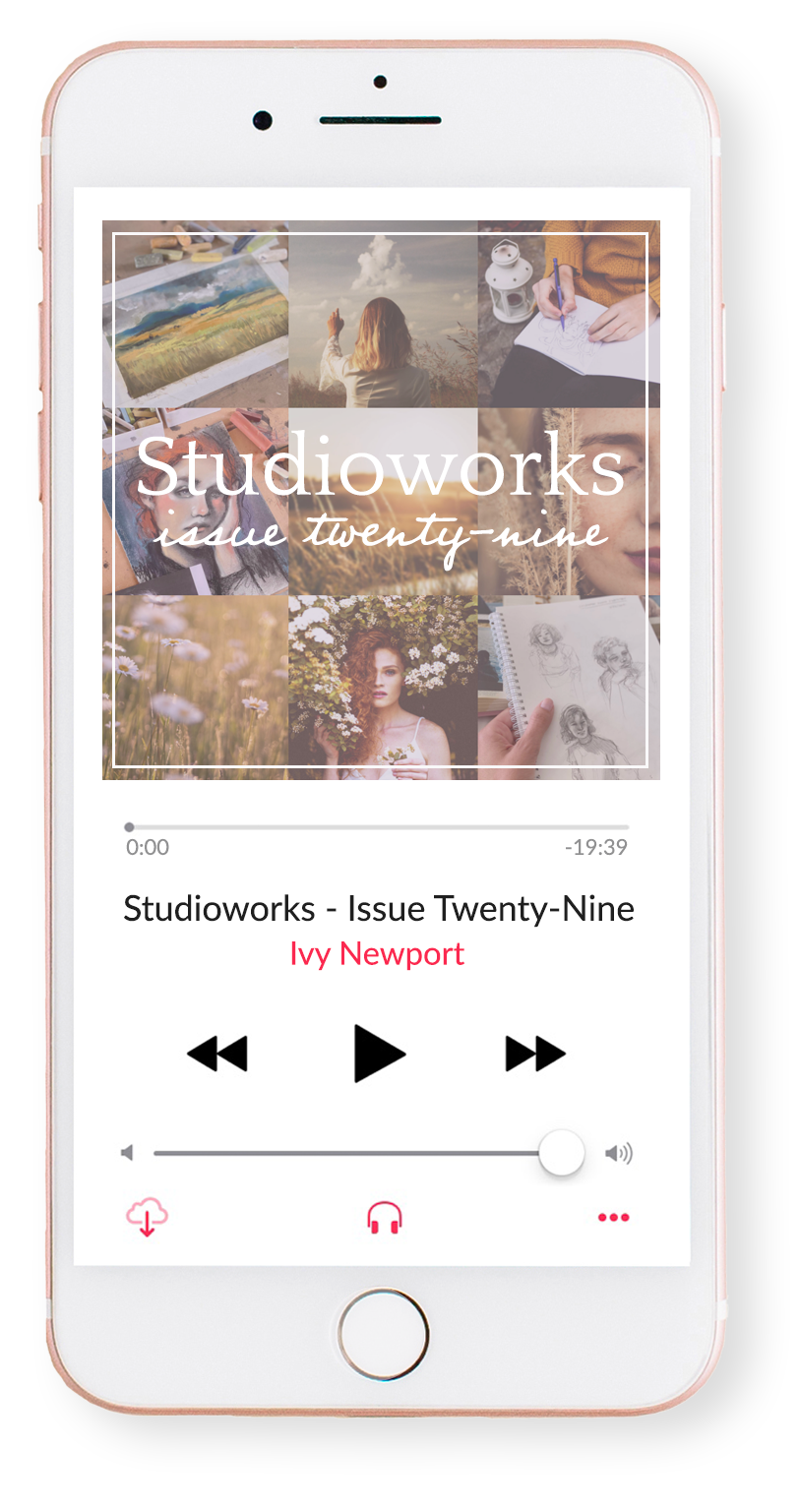
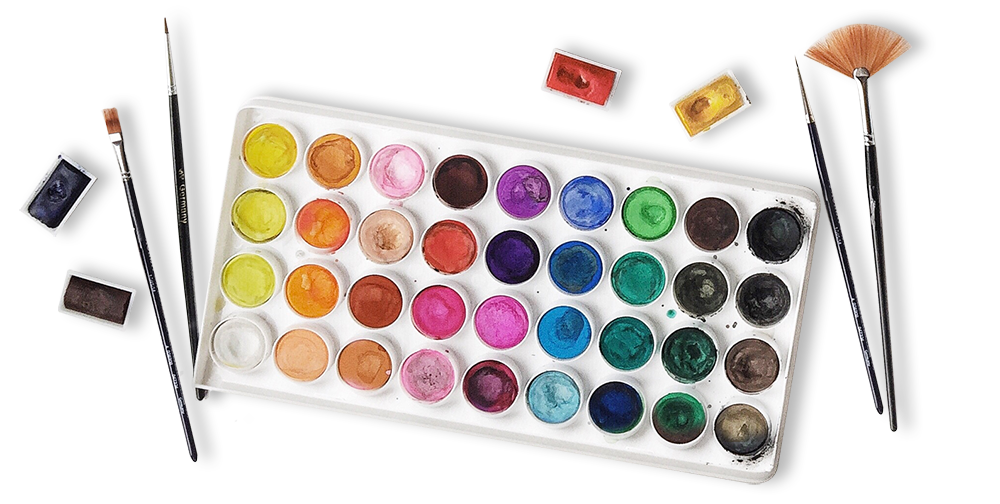
inspiration: curated
Books to Discover & Enjoy
MUSIC PLAYLIST
I had so much fun curating this list. I hope you enjoy!!
THINGS TO WATCH
PINTEREST BOARDS
CLASSES TO TRY
Here are just a few of our fantastic classes! They feel in alignment with this month’s issue! I highly recommend checking them out if you haven’t already. Enjoy!

© 2019 IVYNEWPORT, LLC ALL RIGHTS RESERVED.

